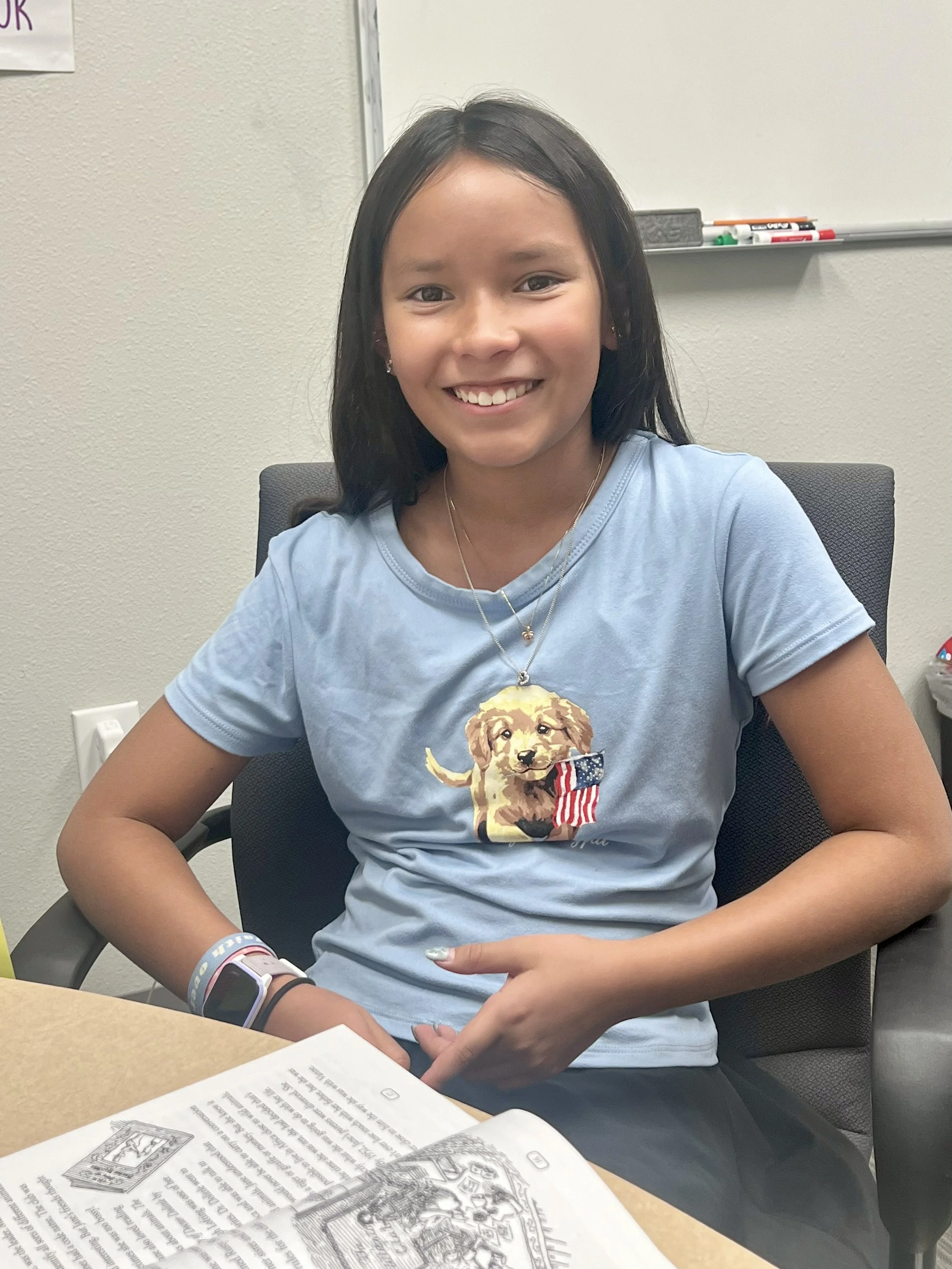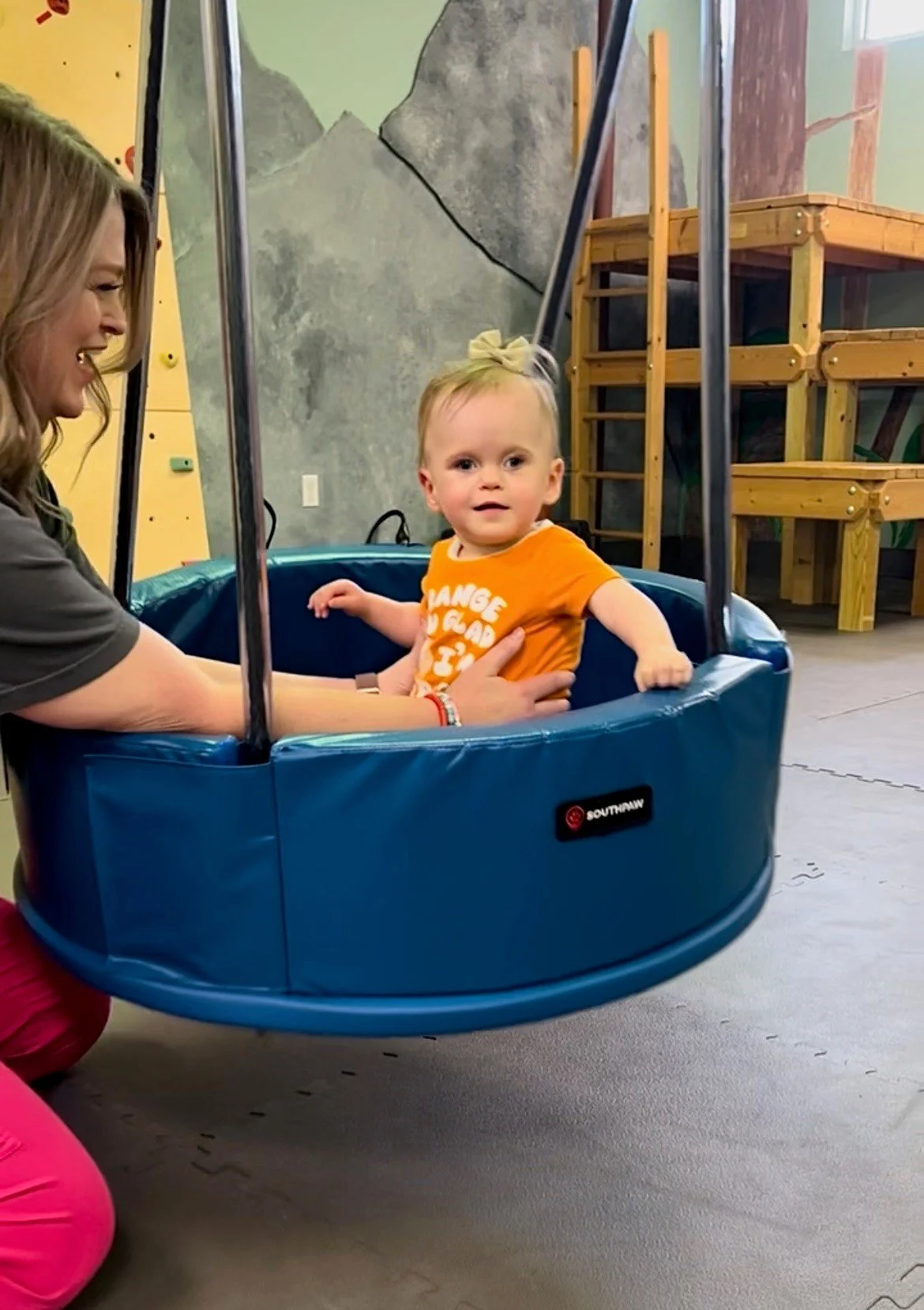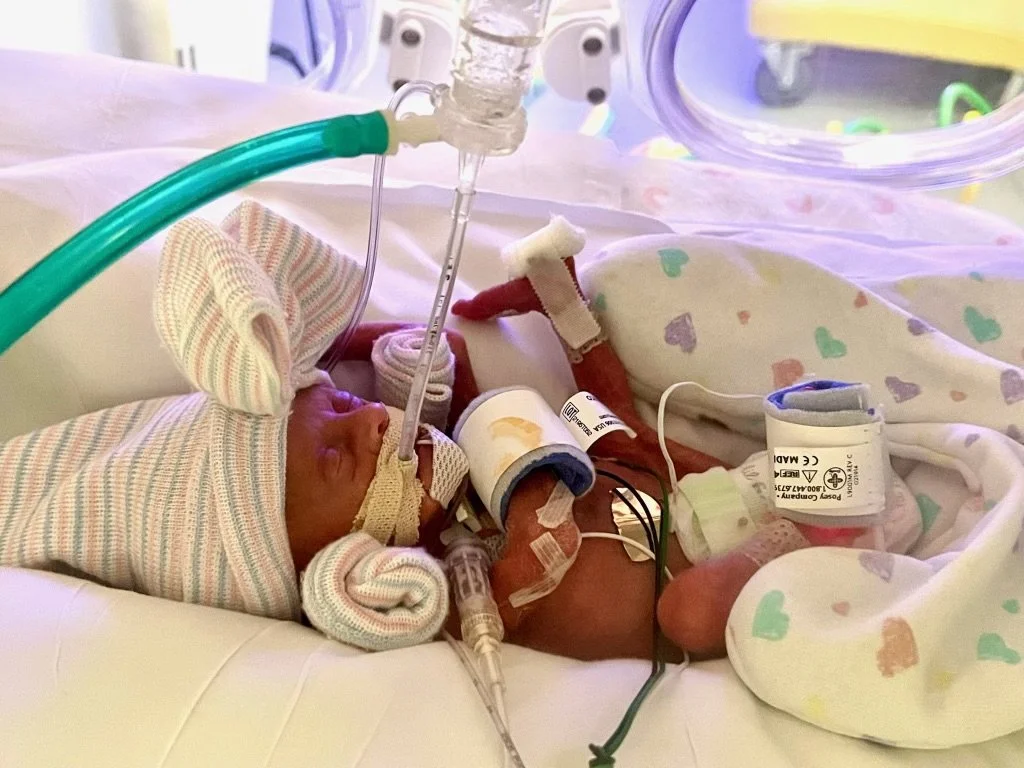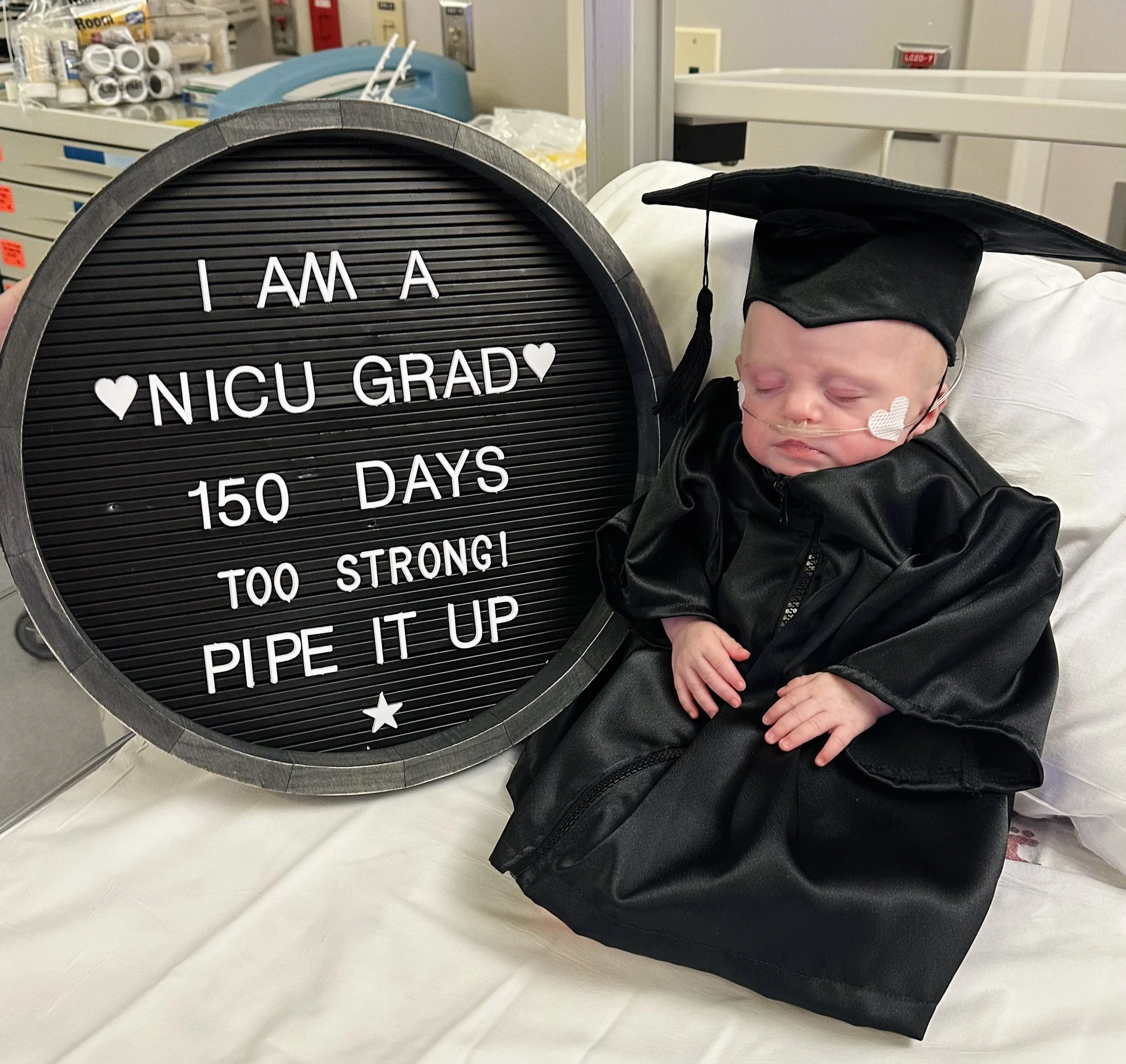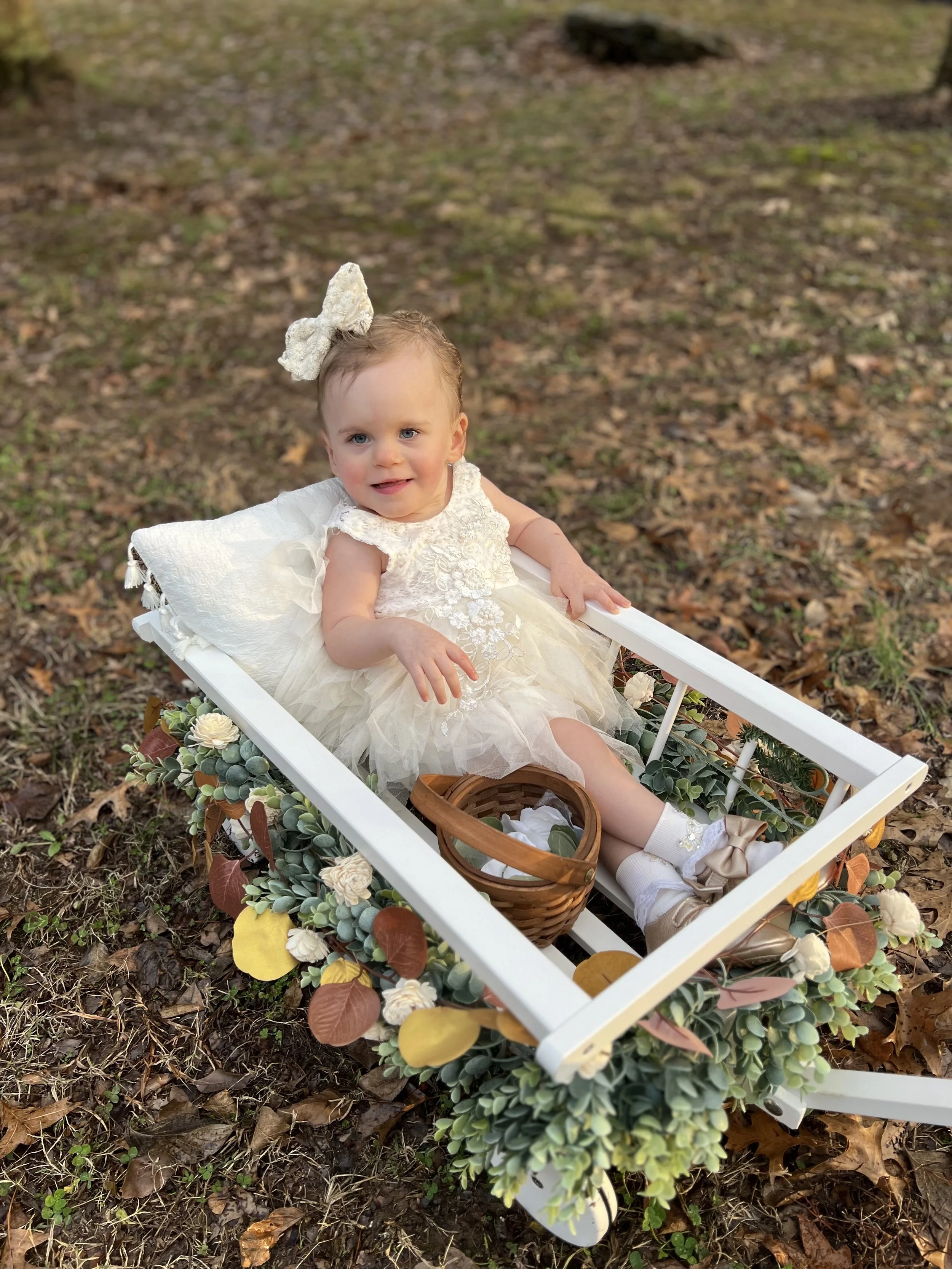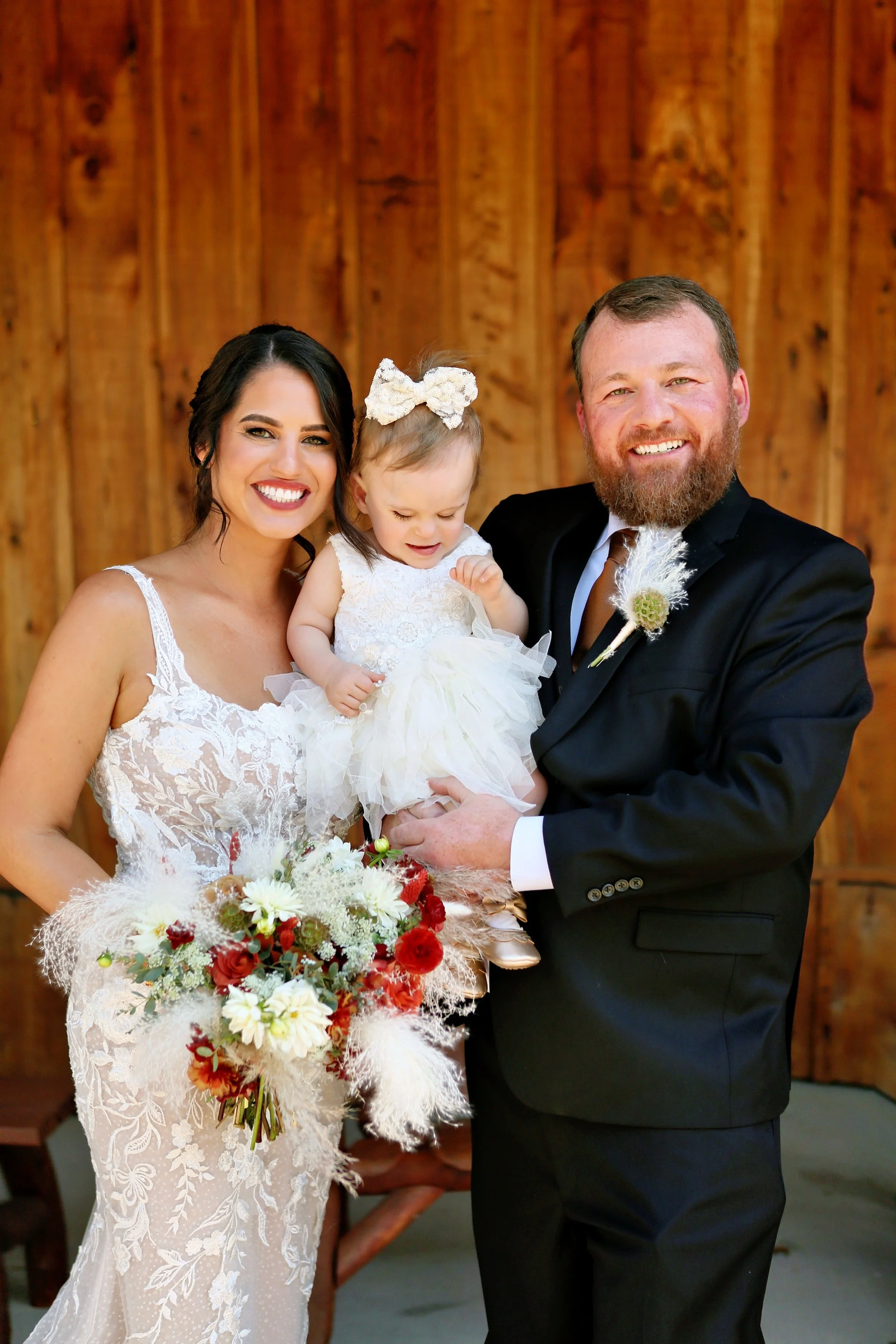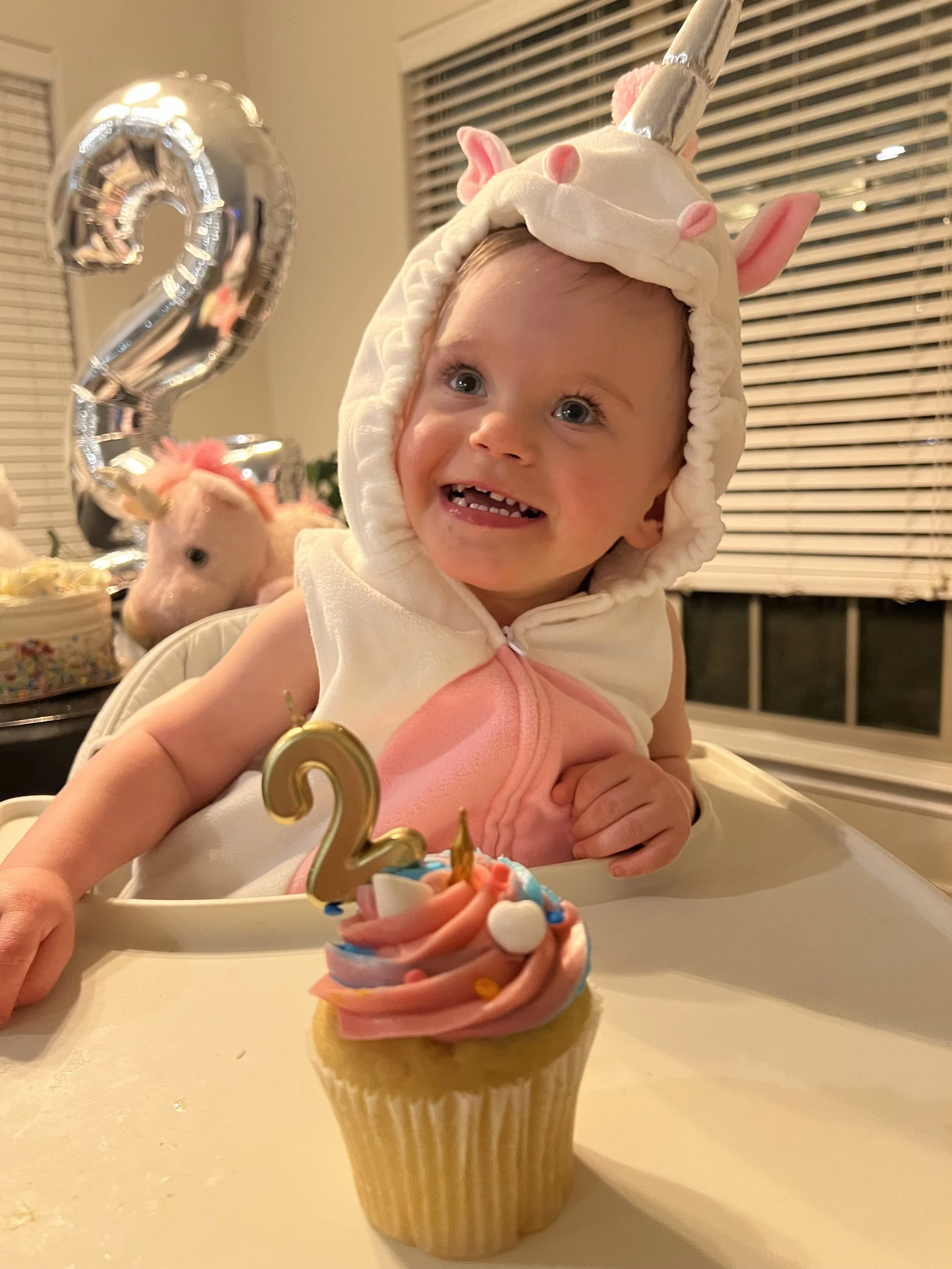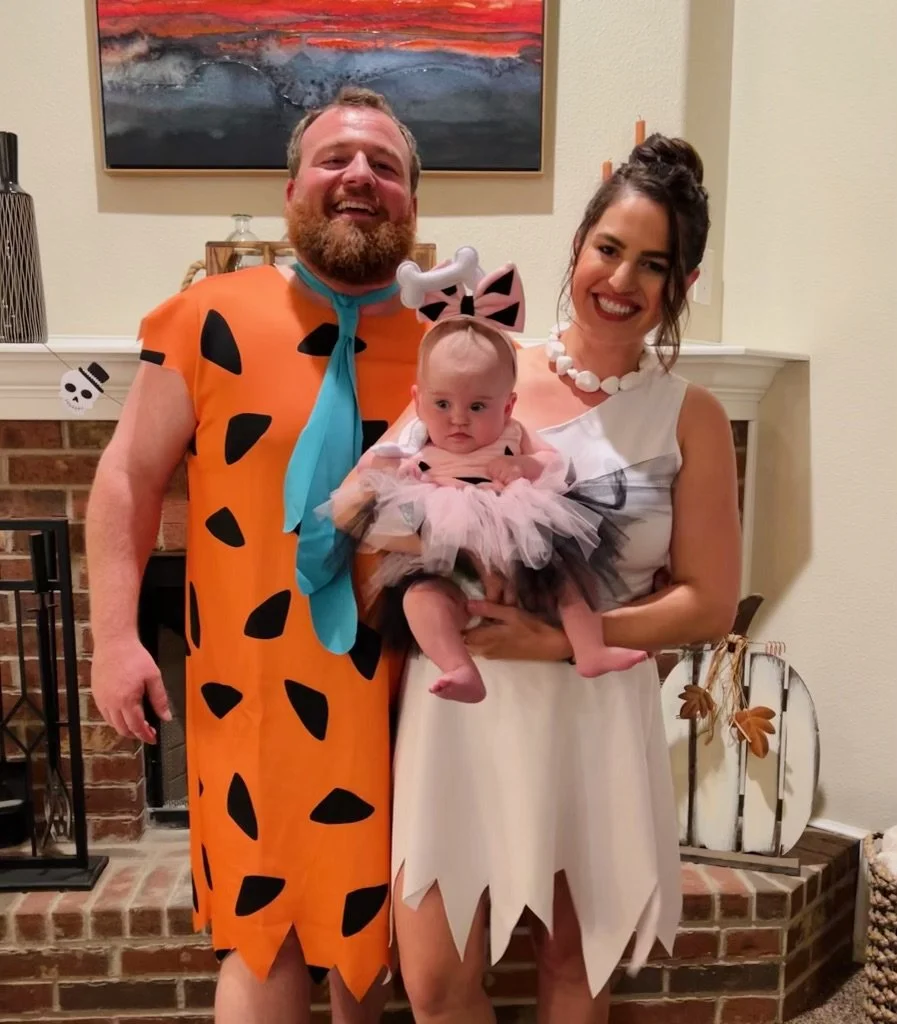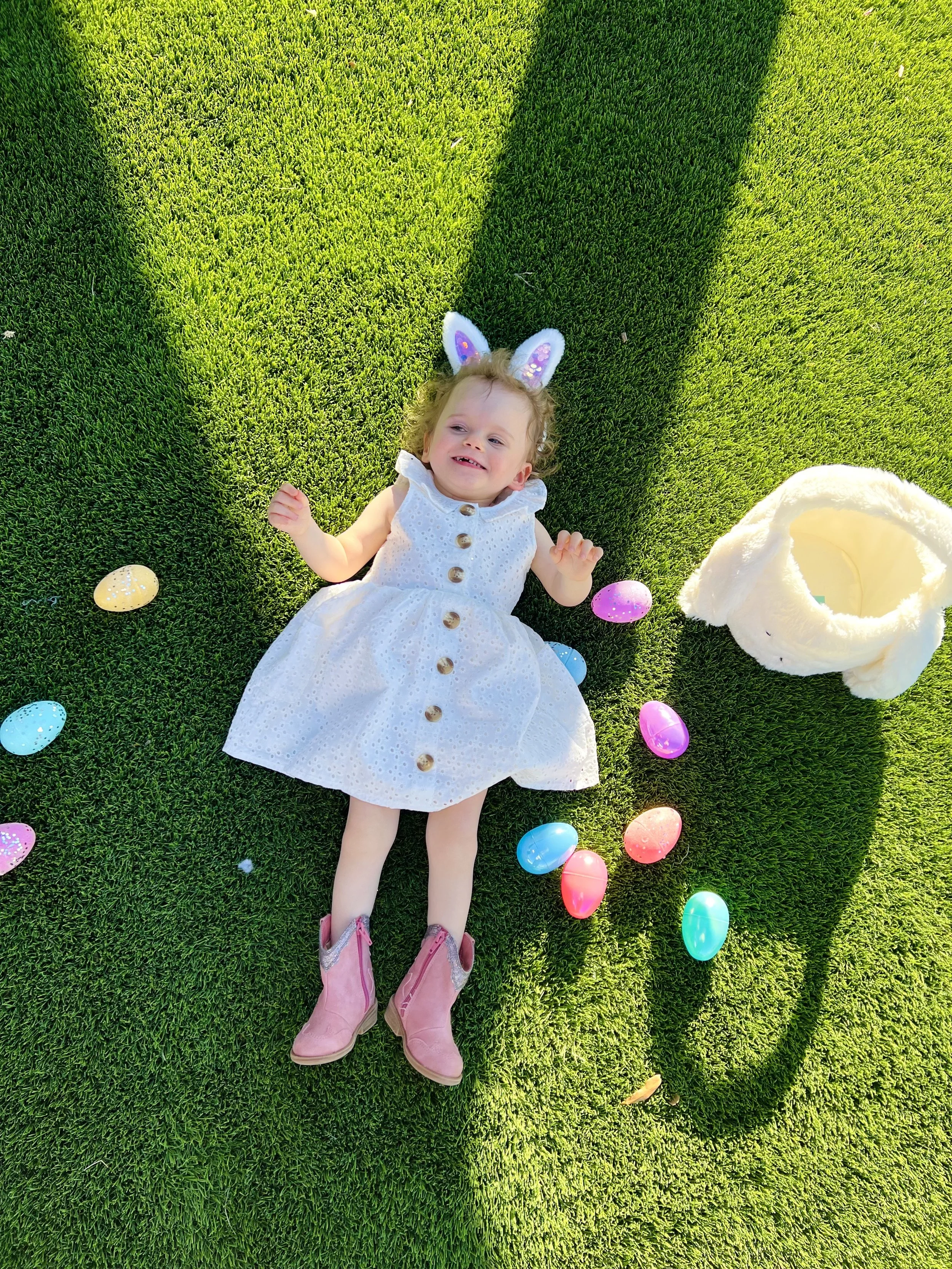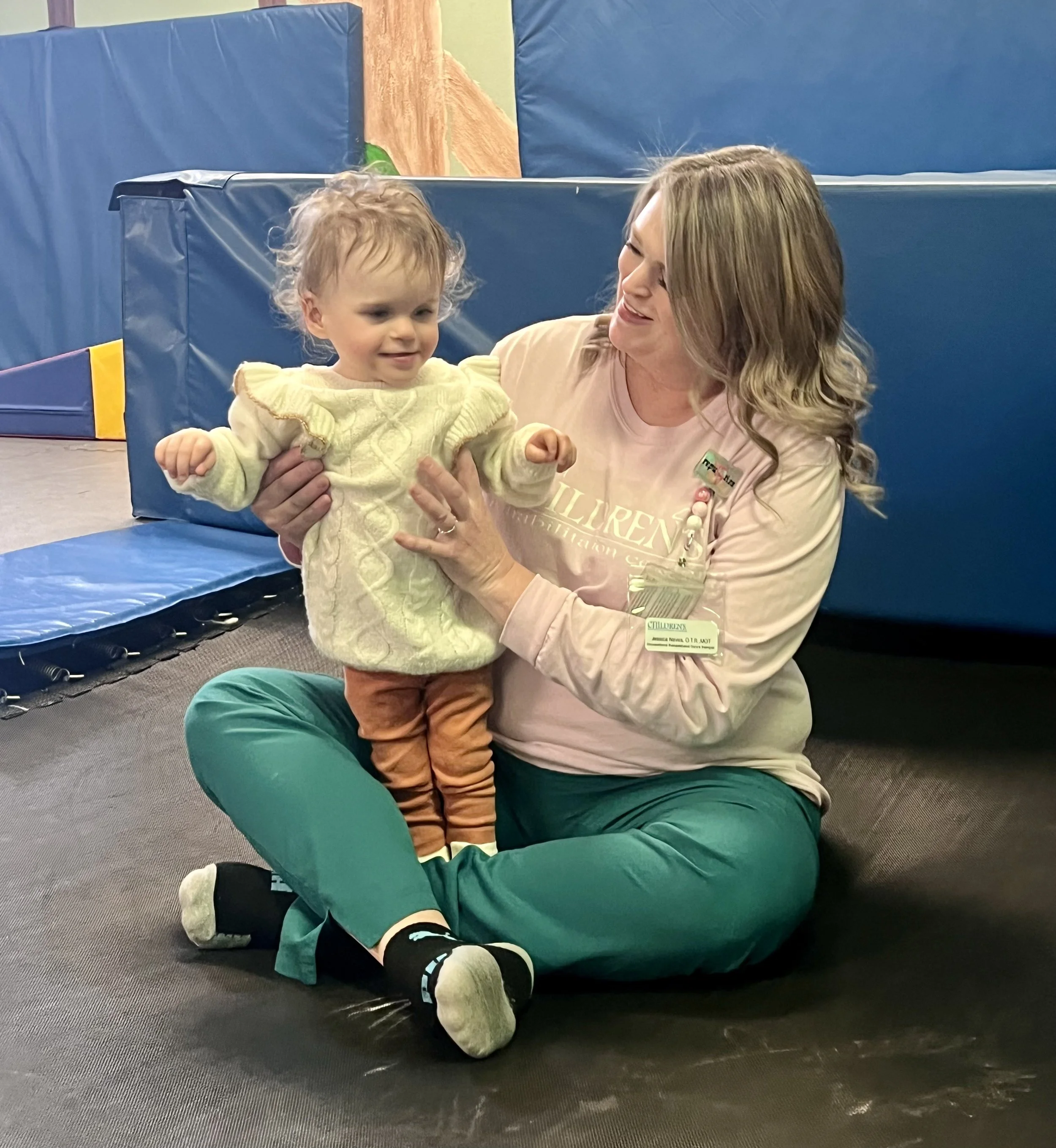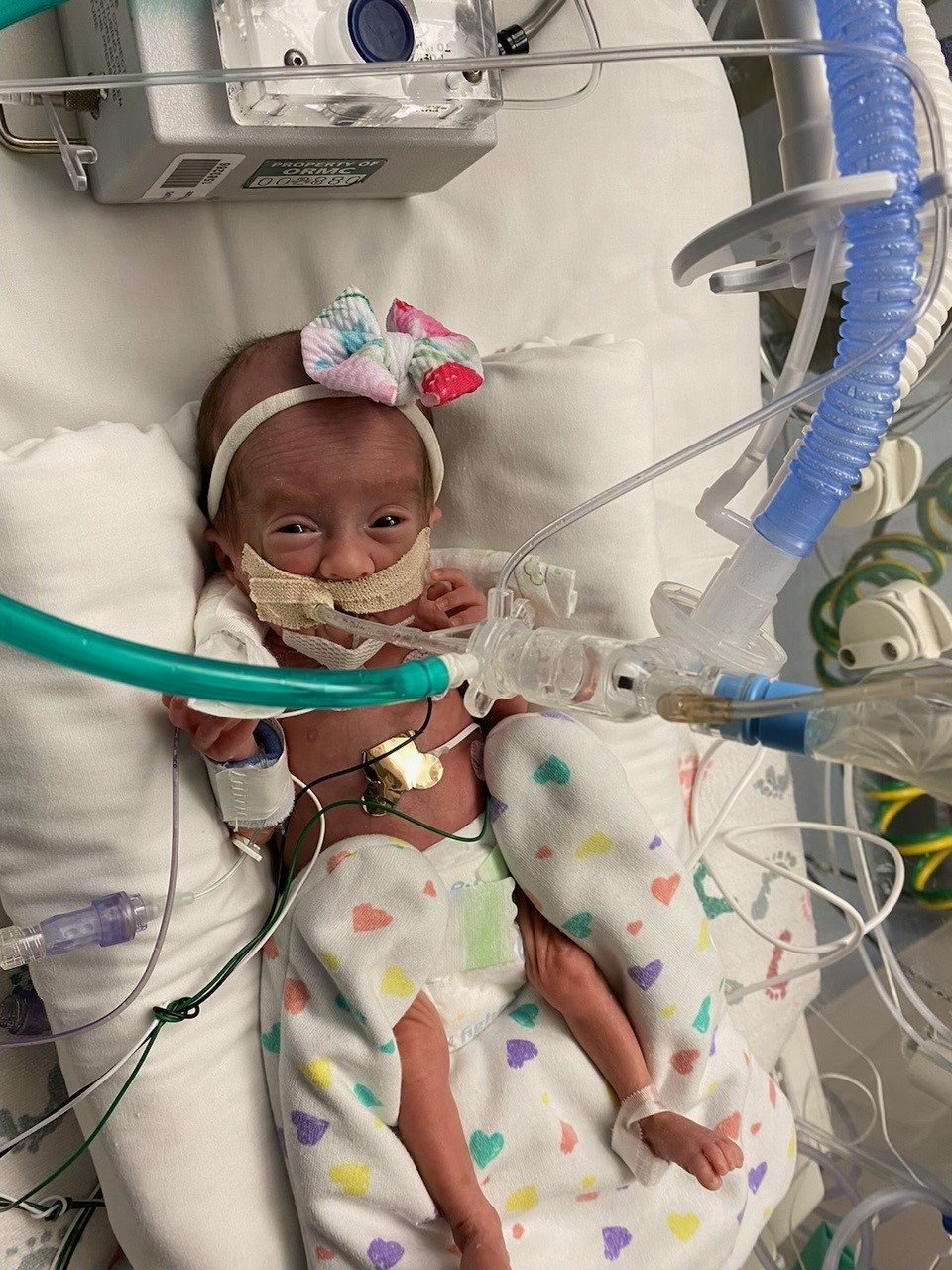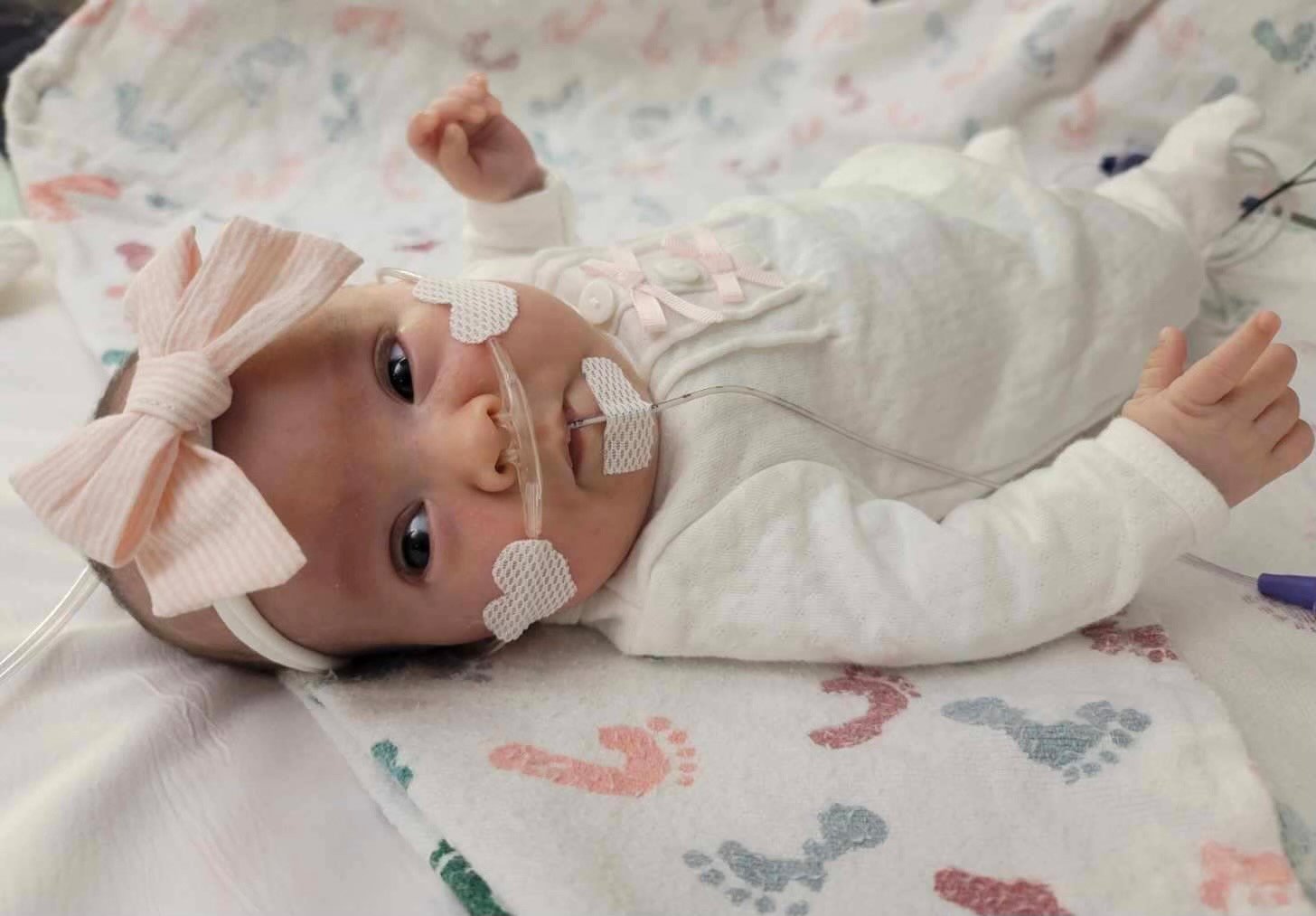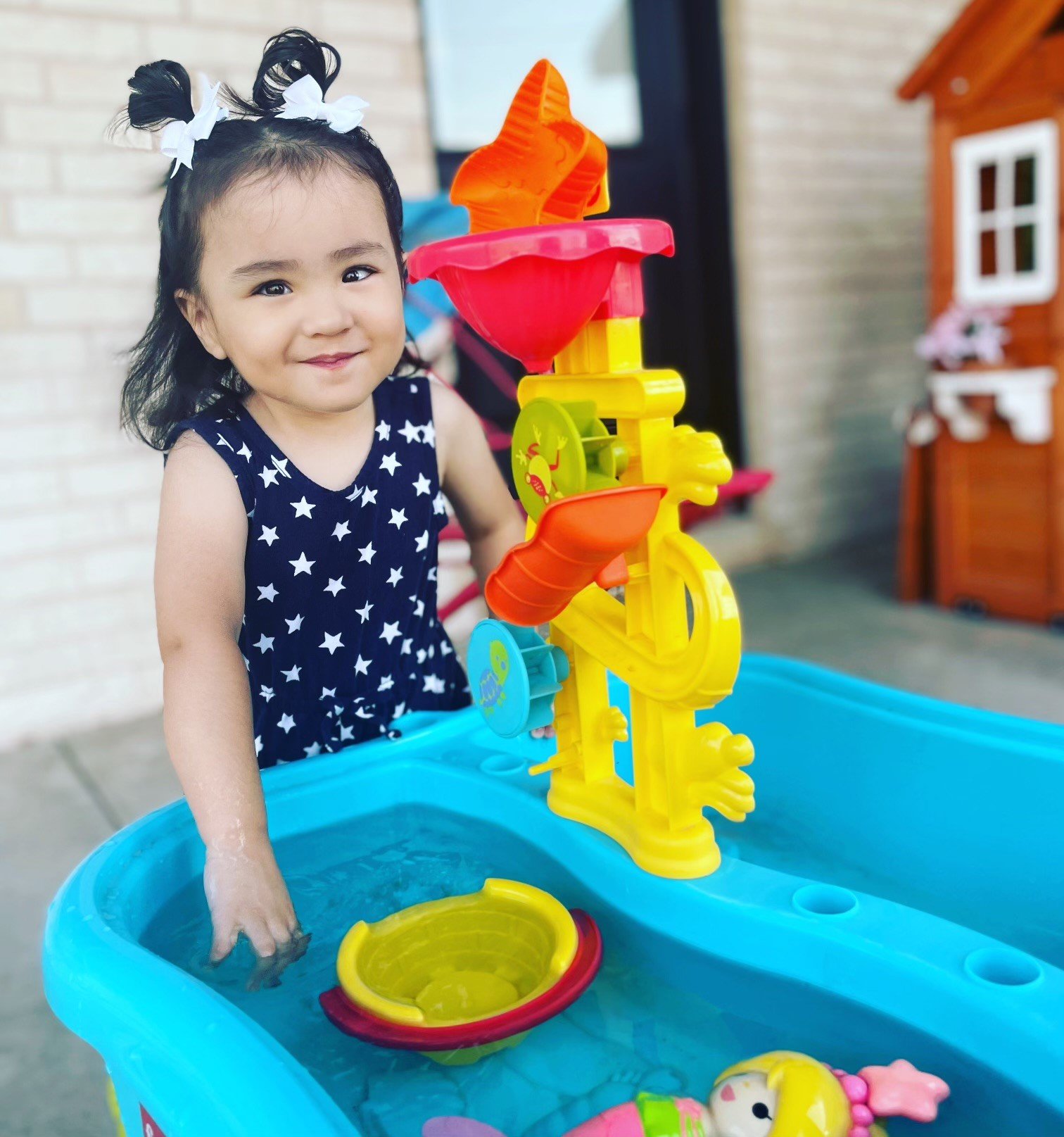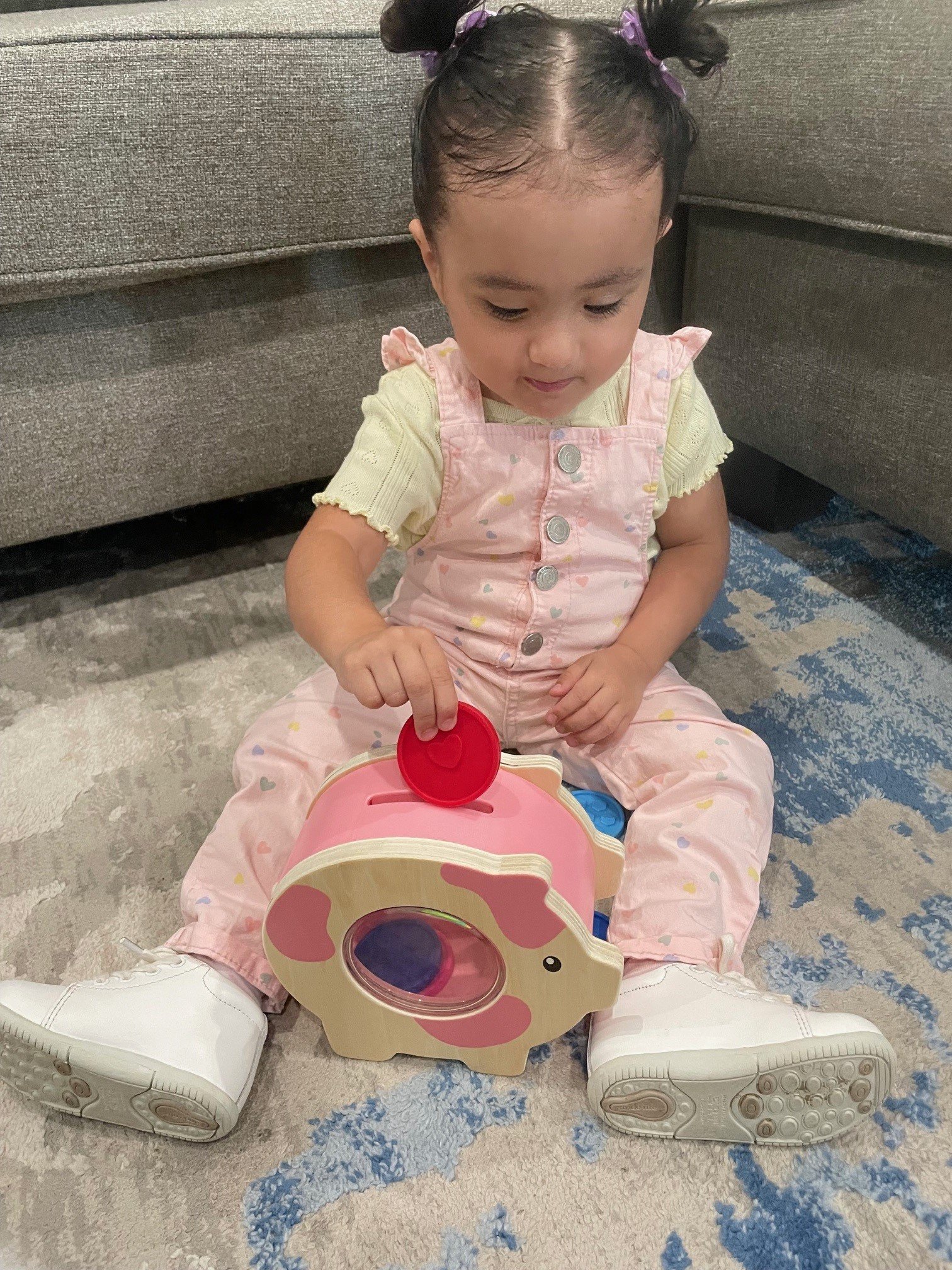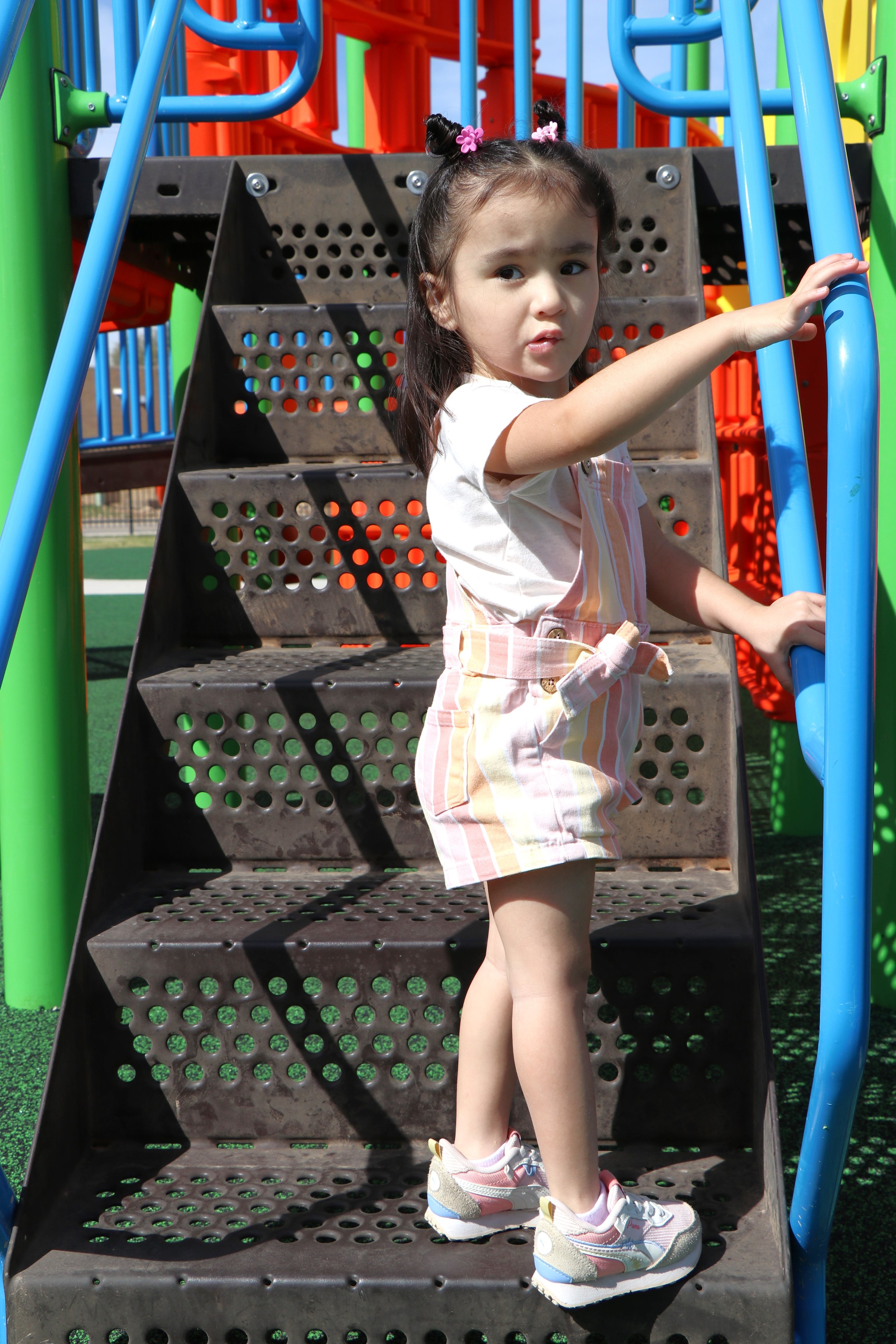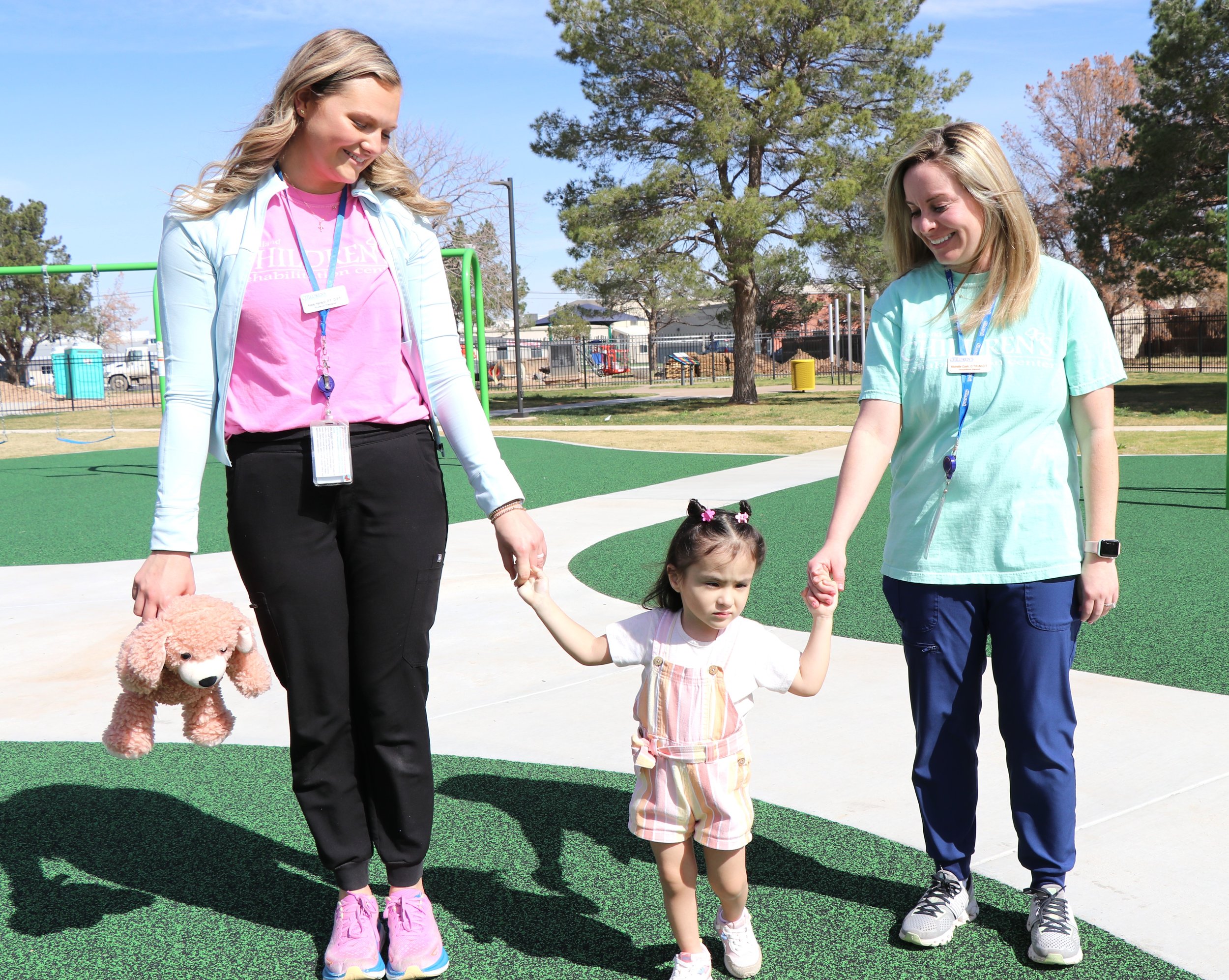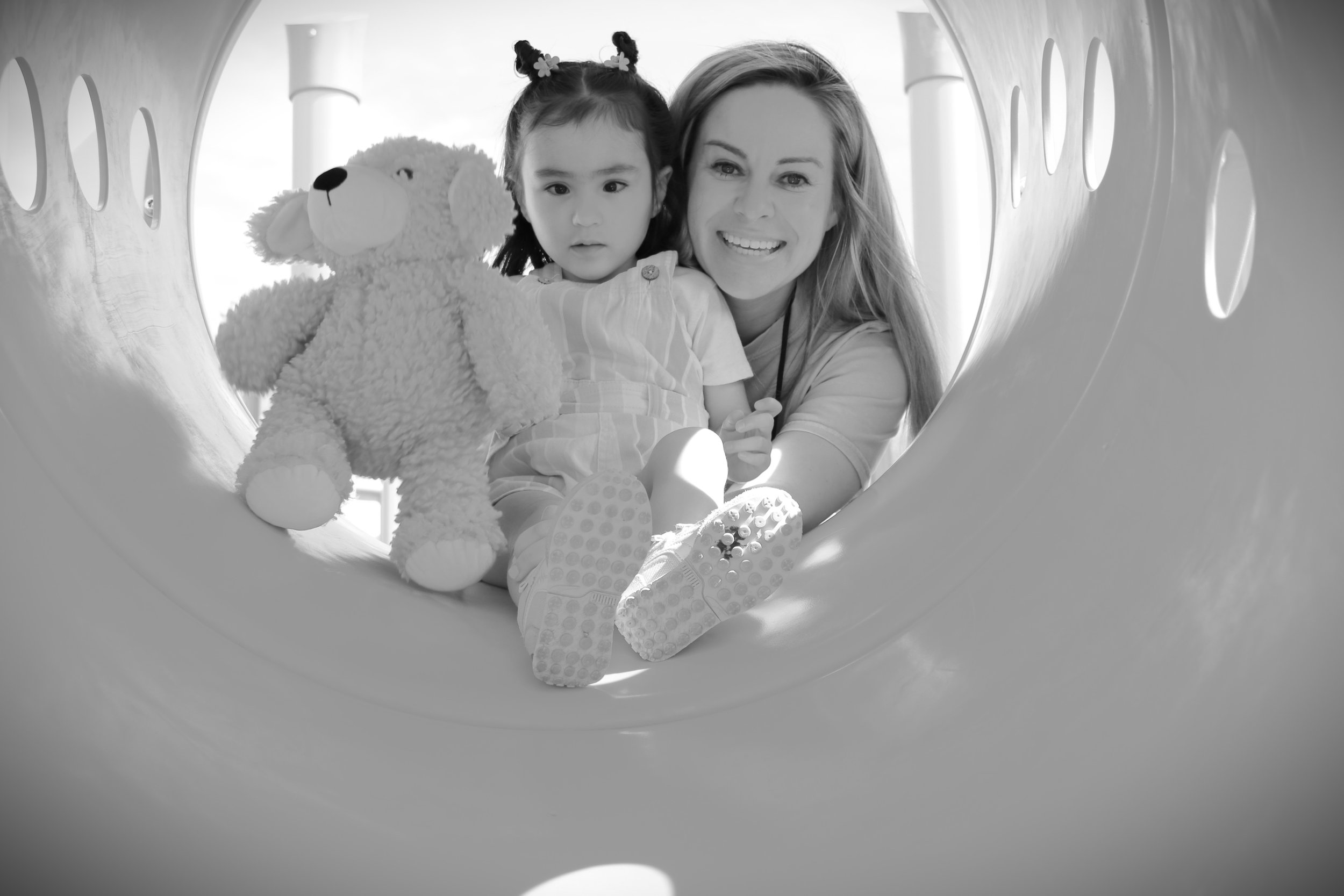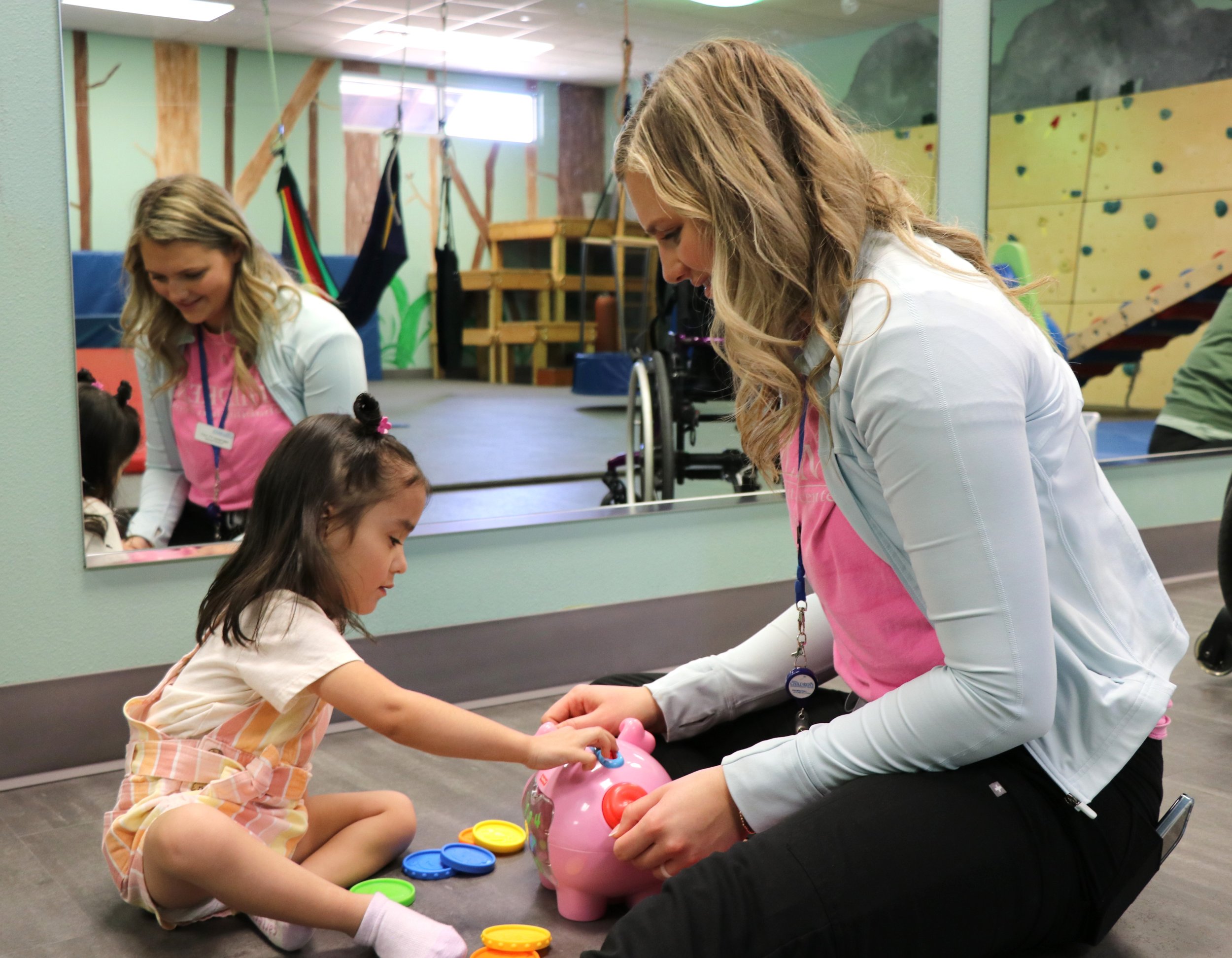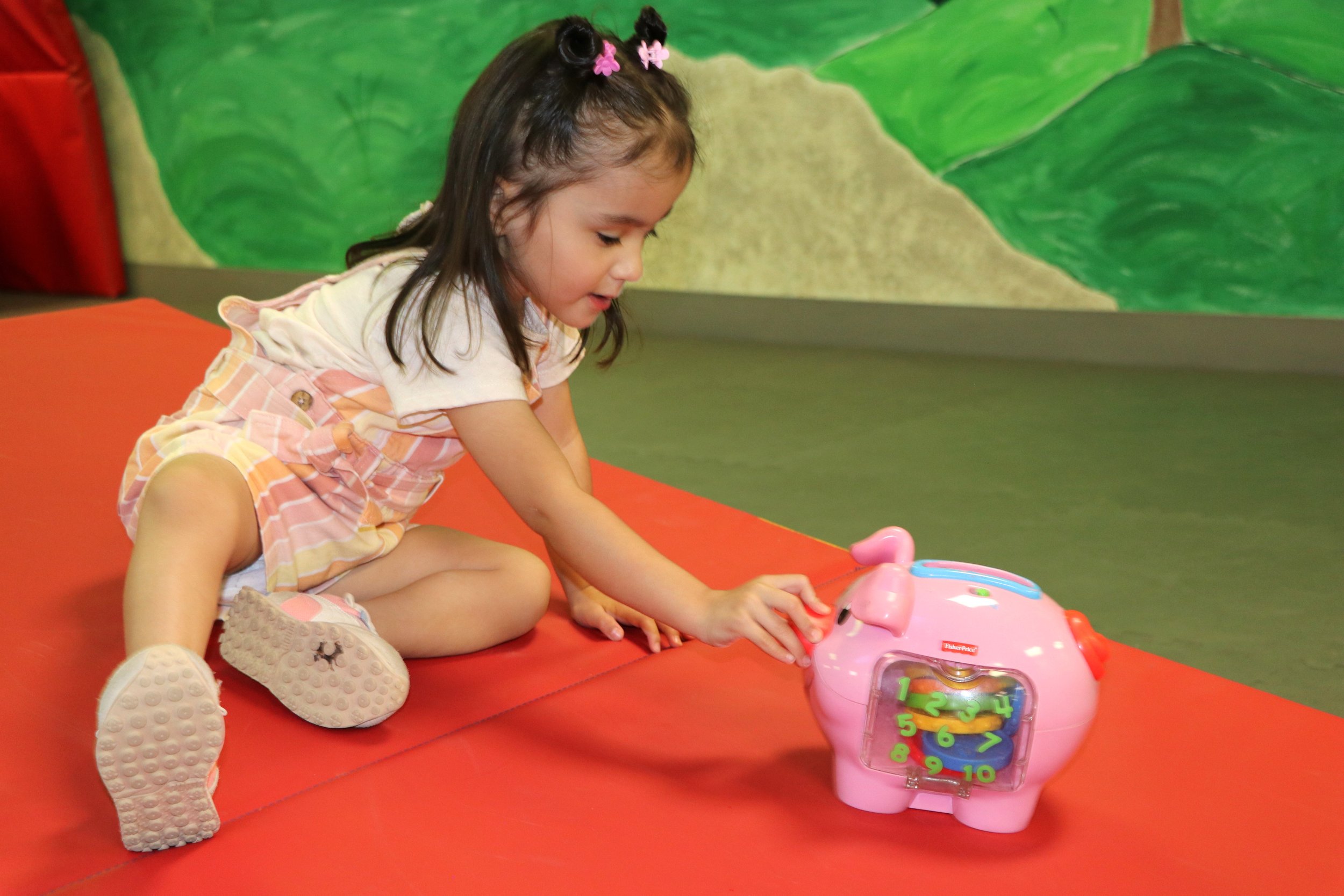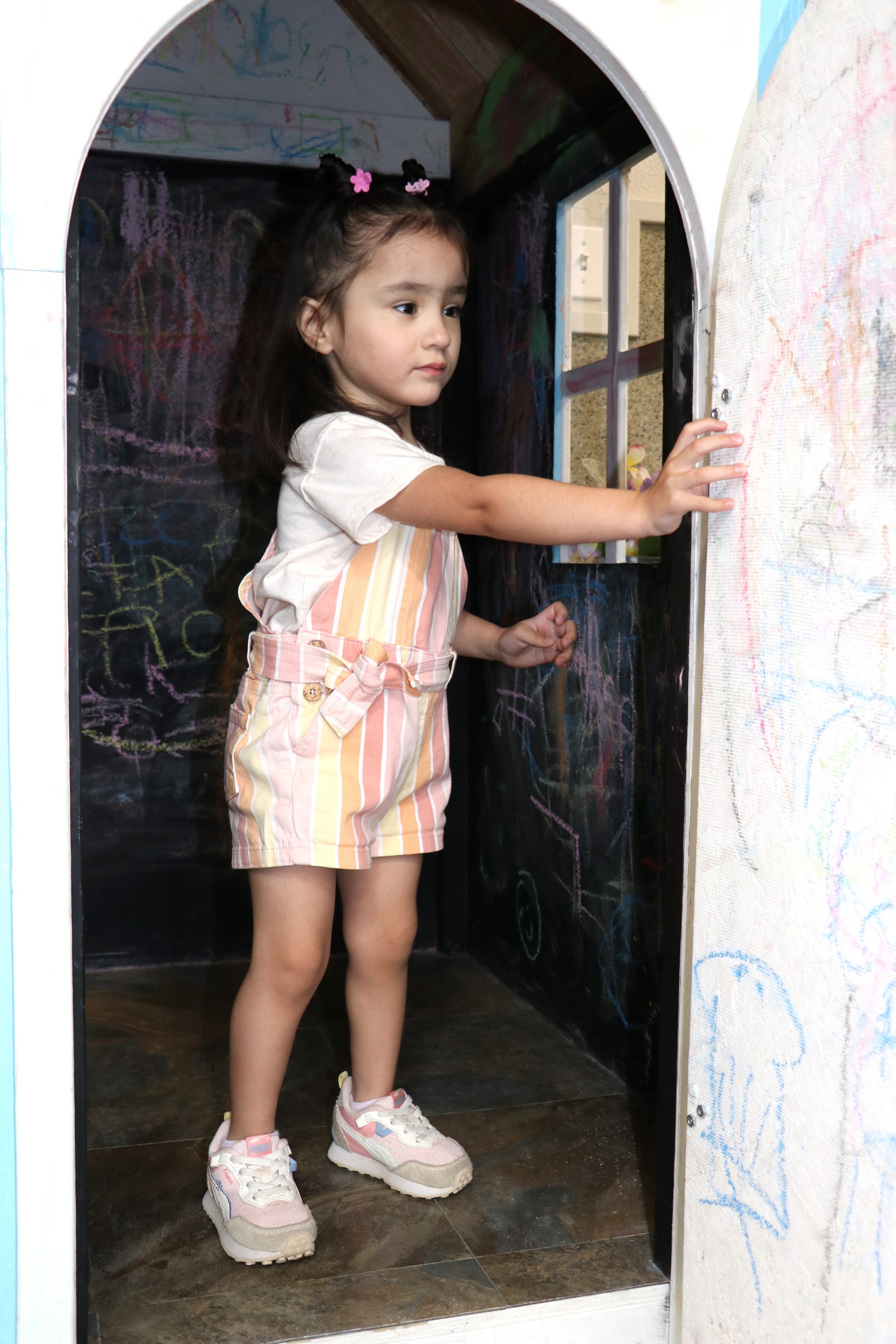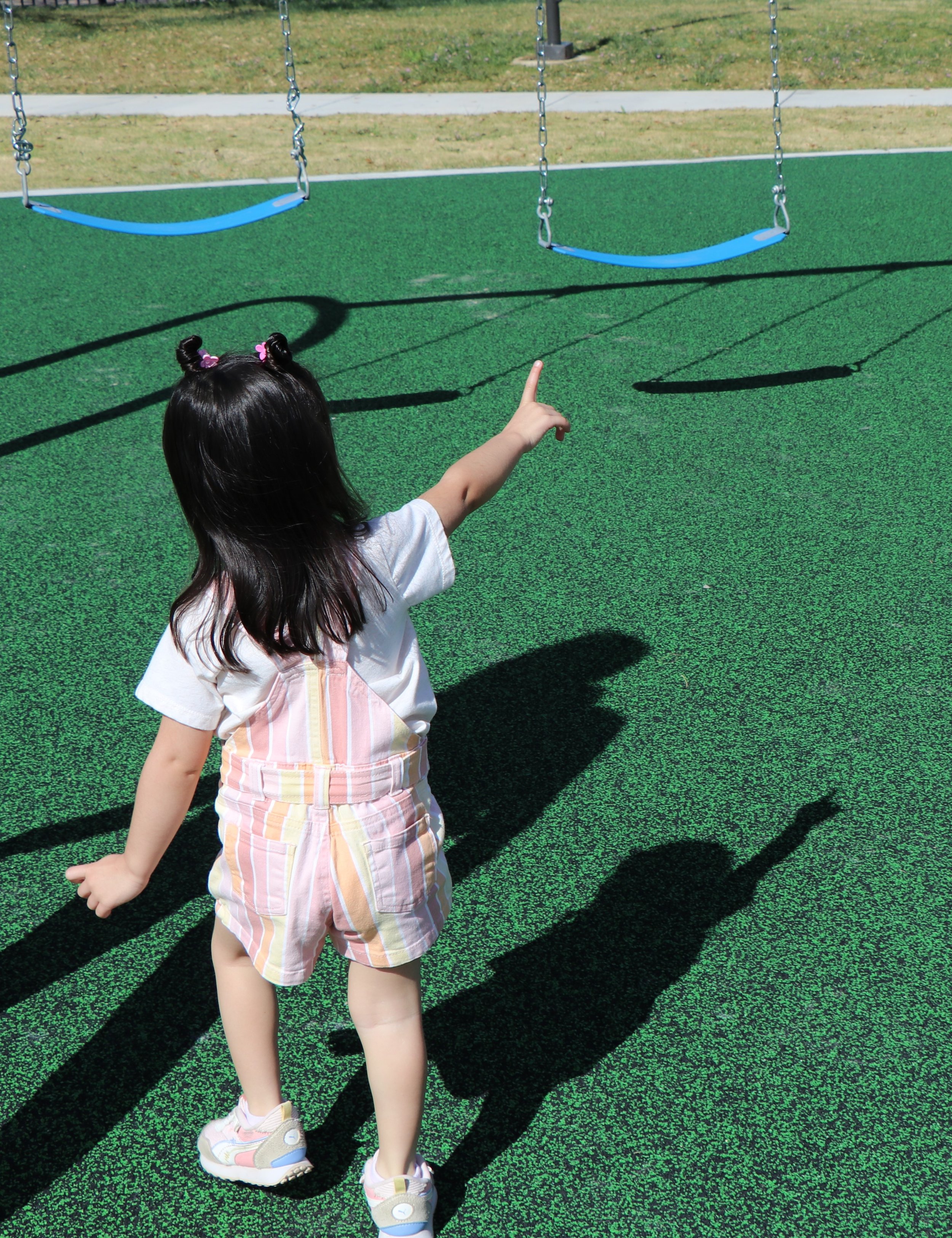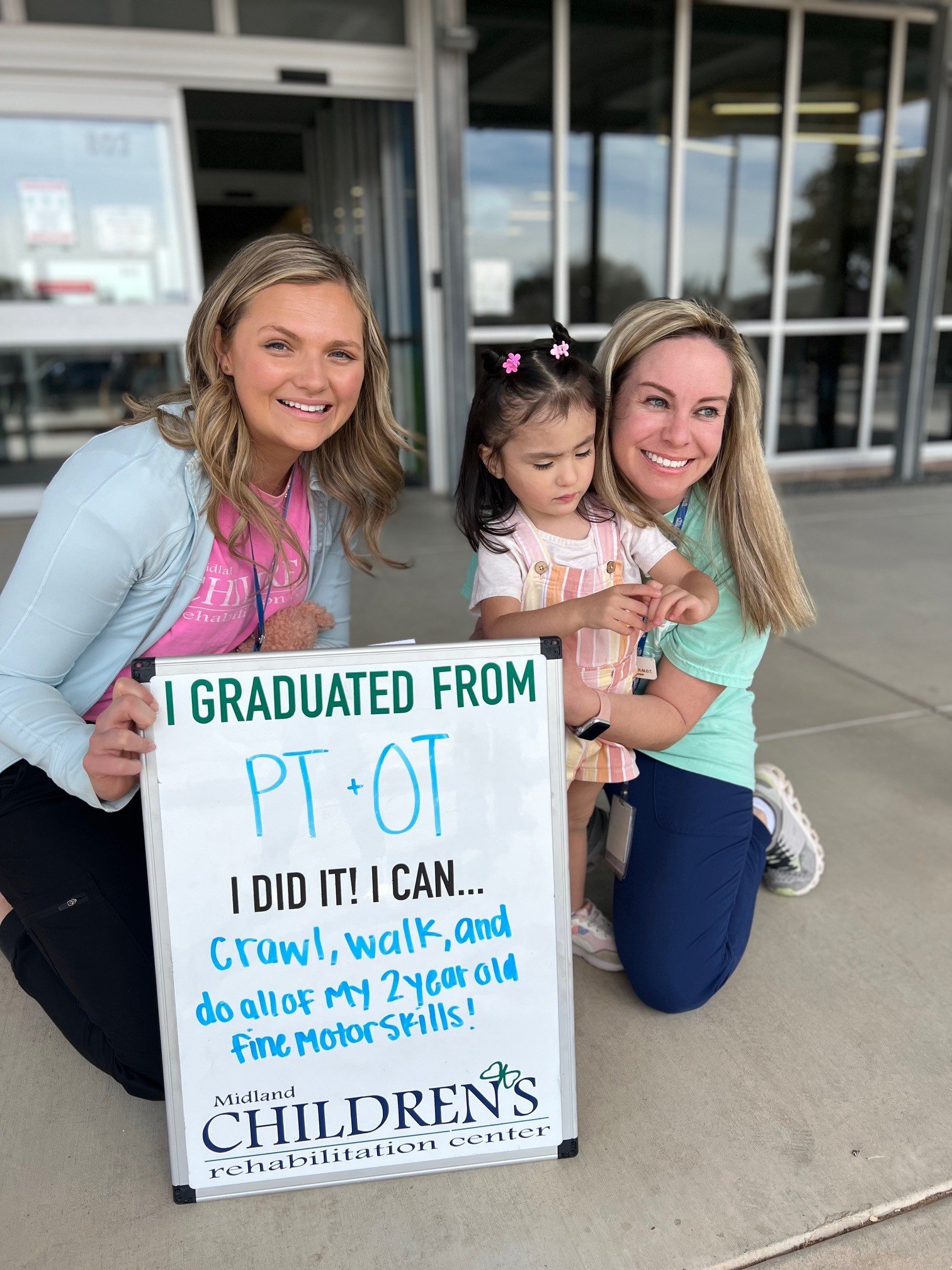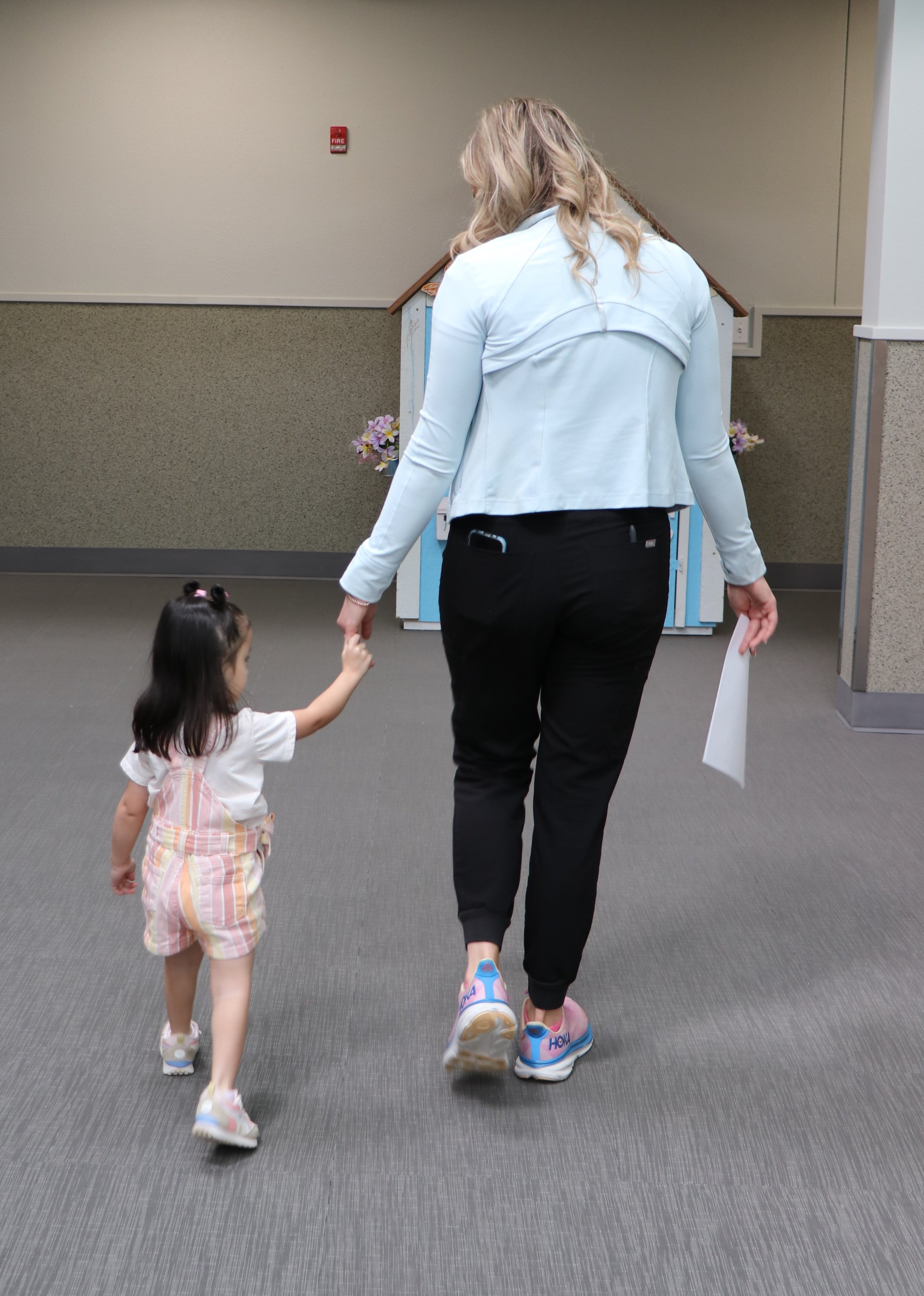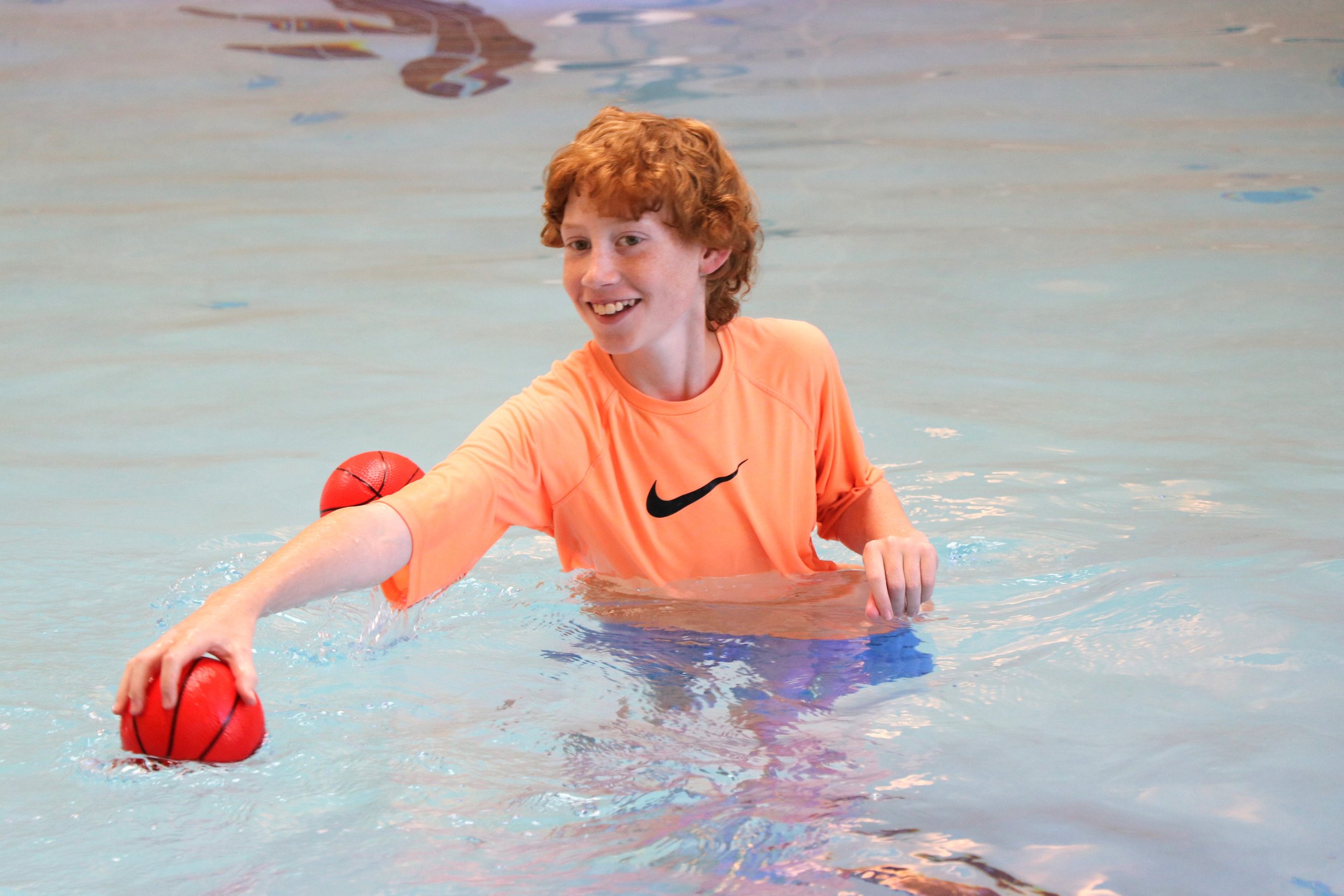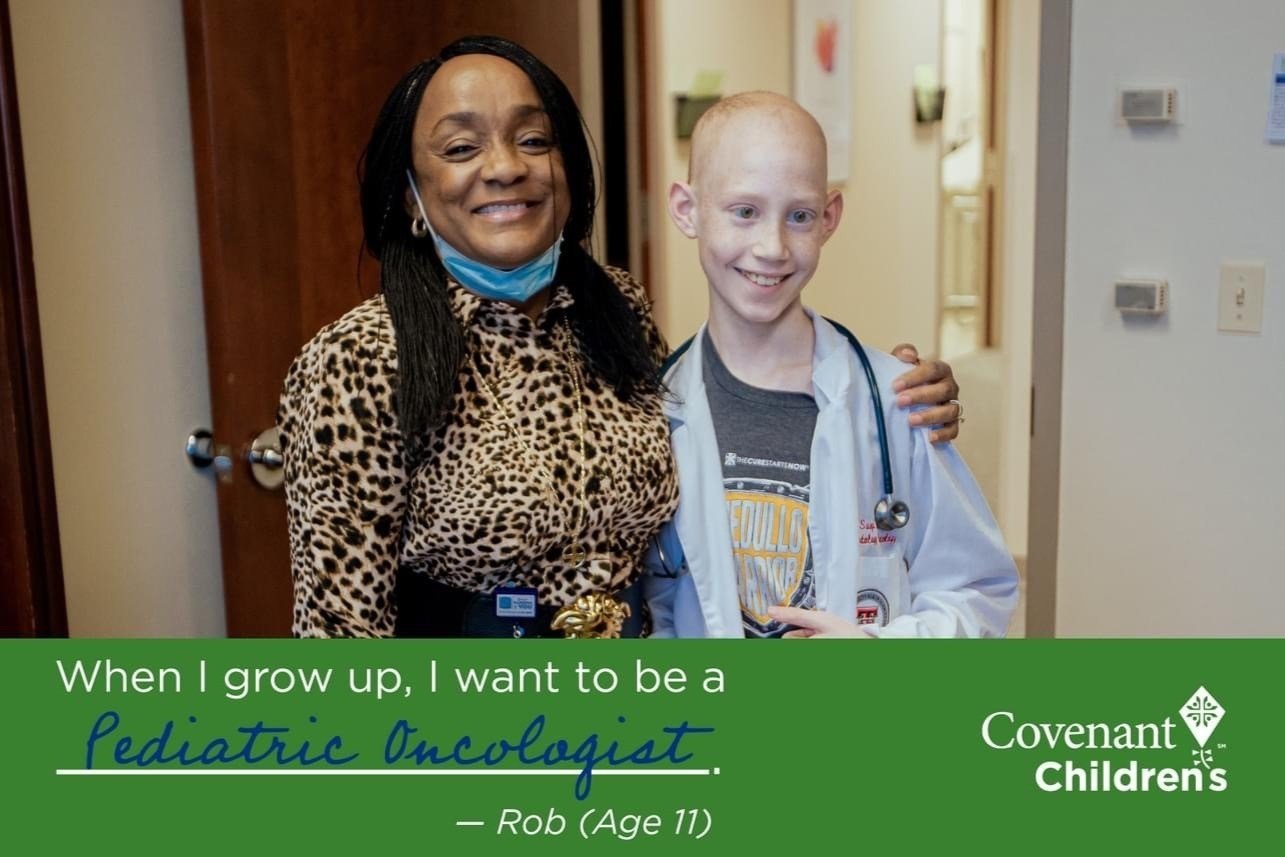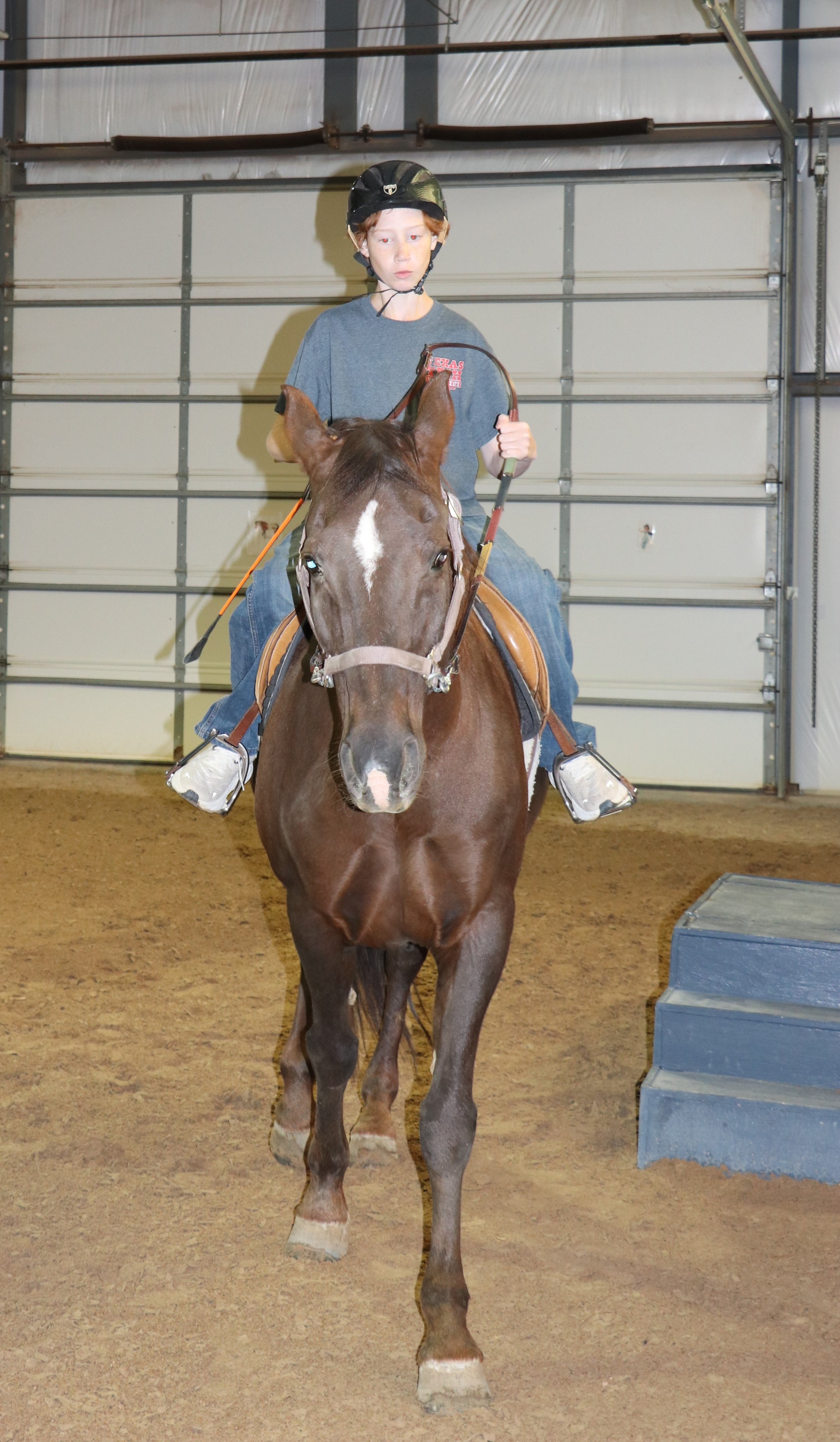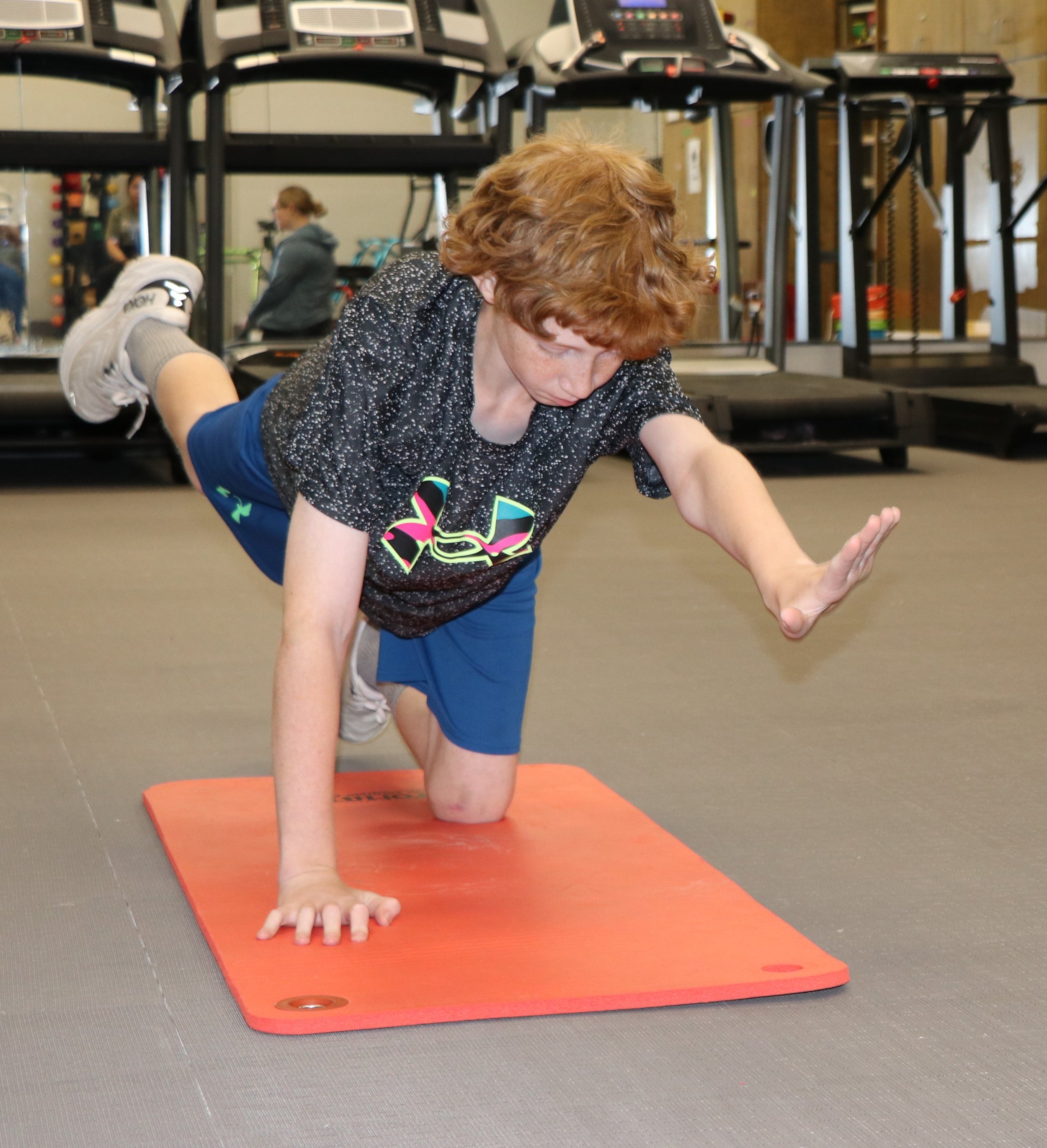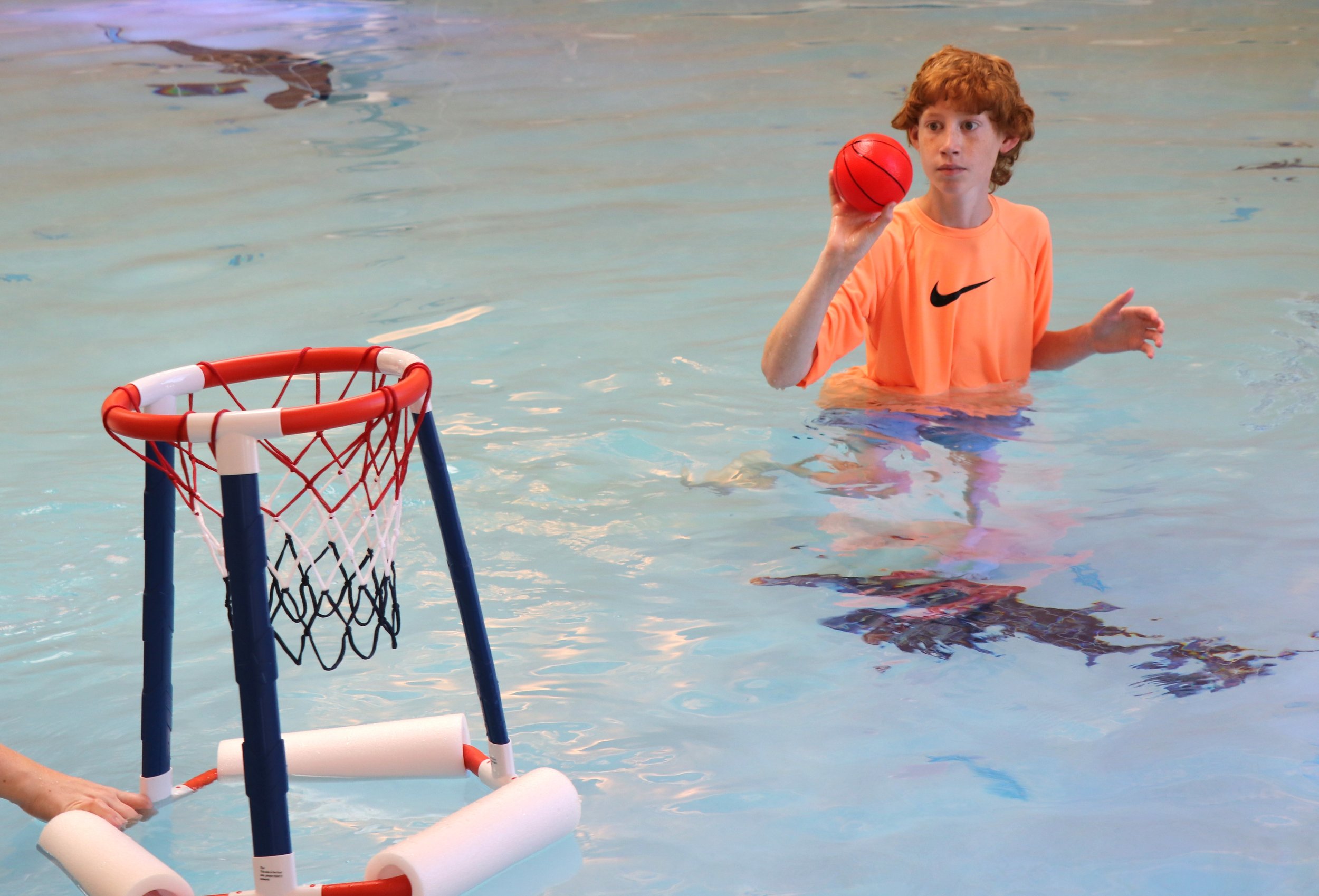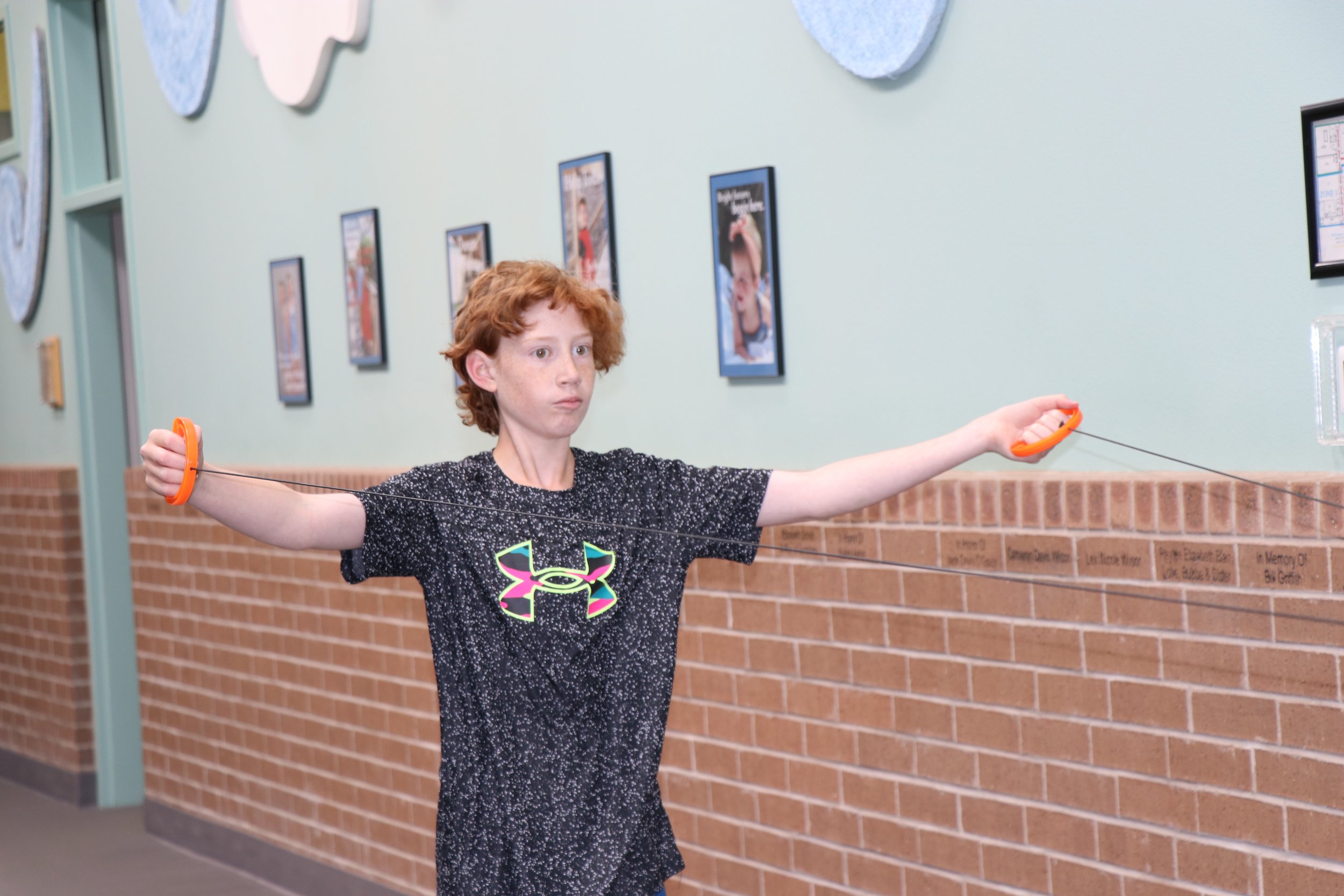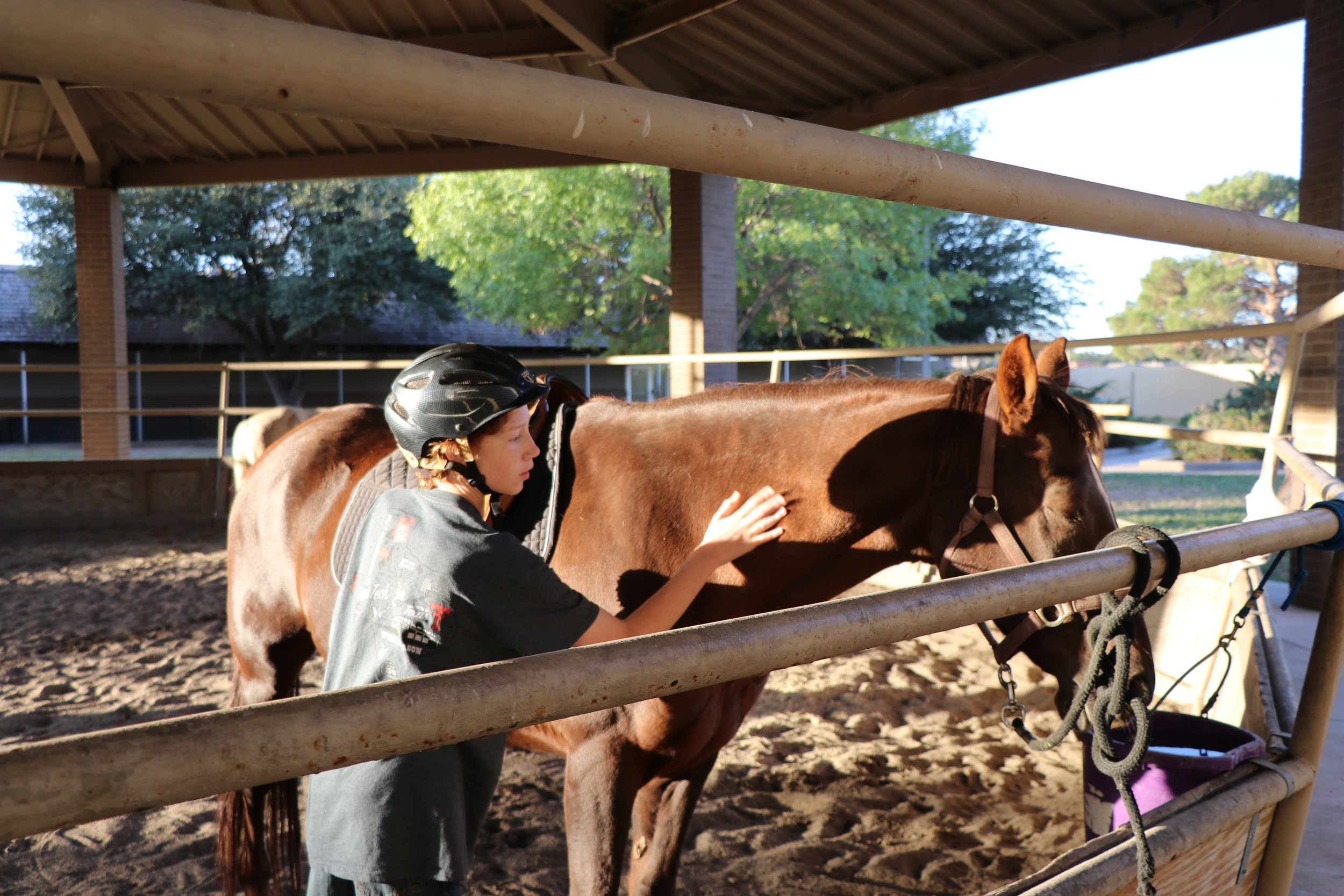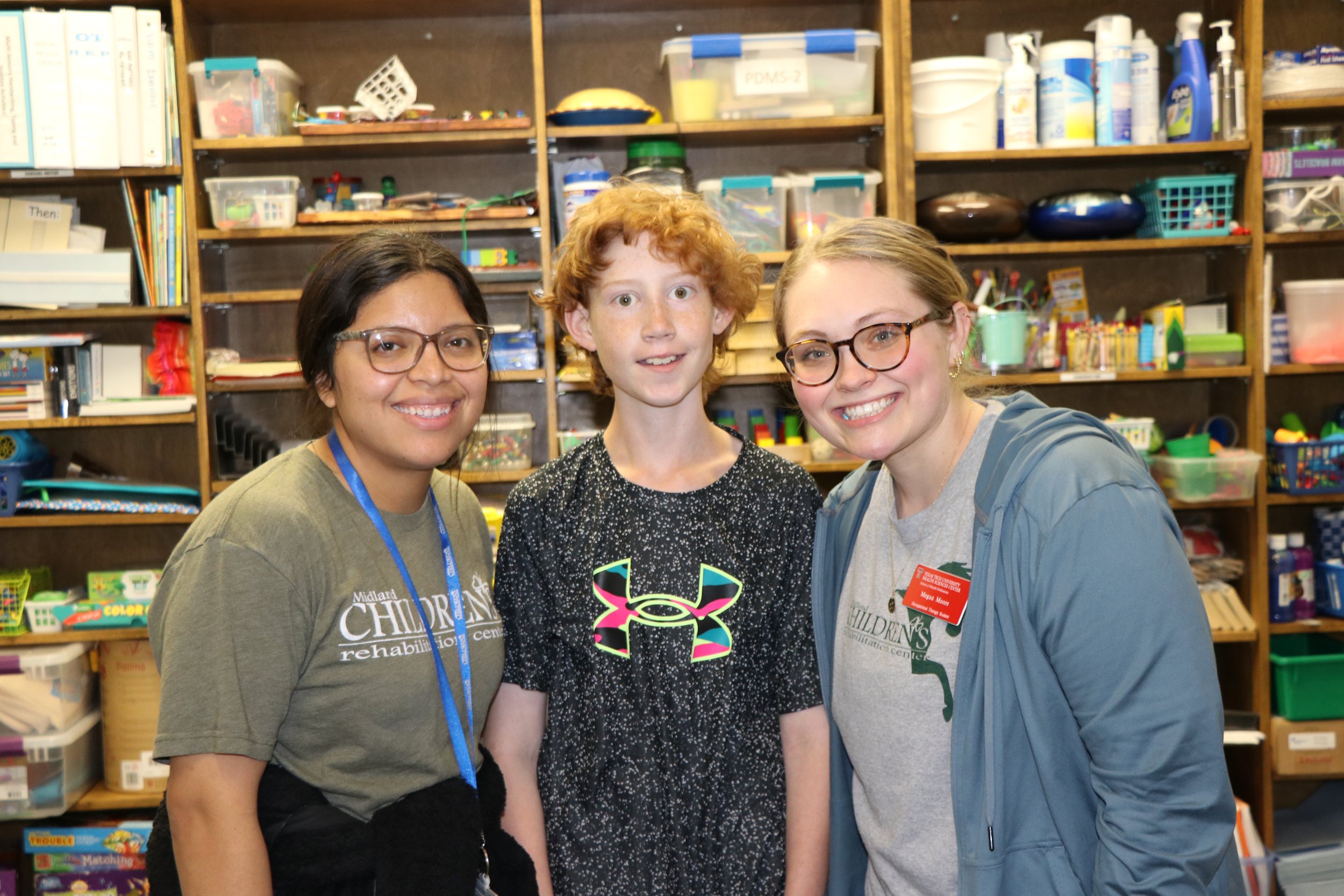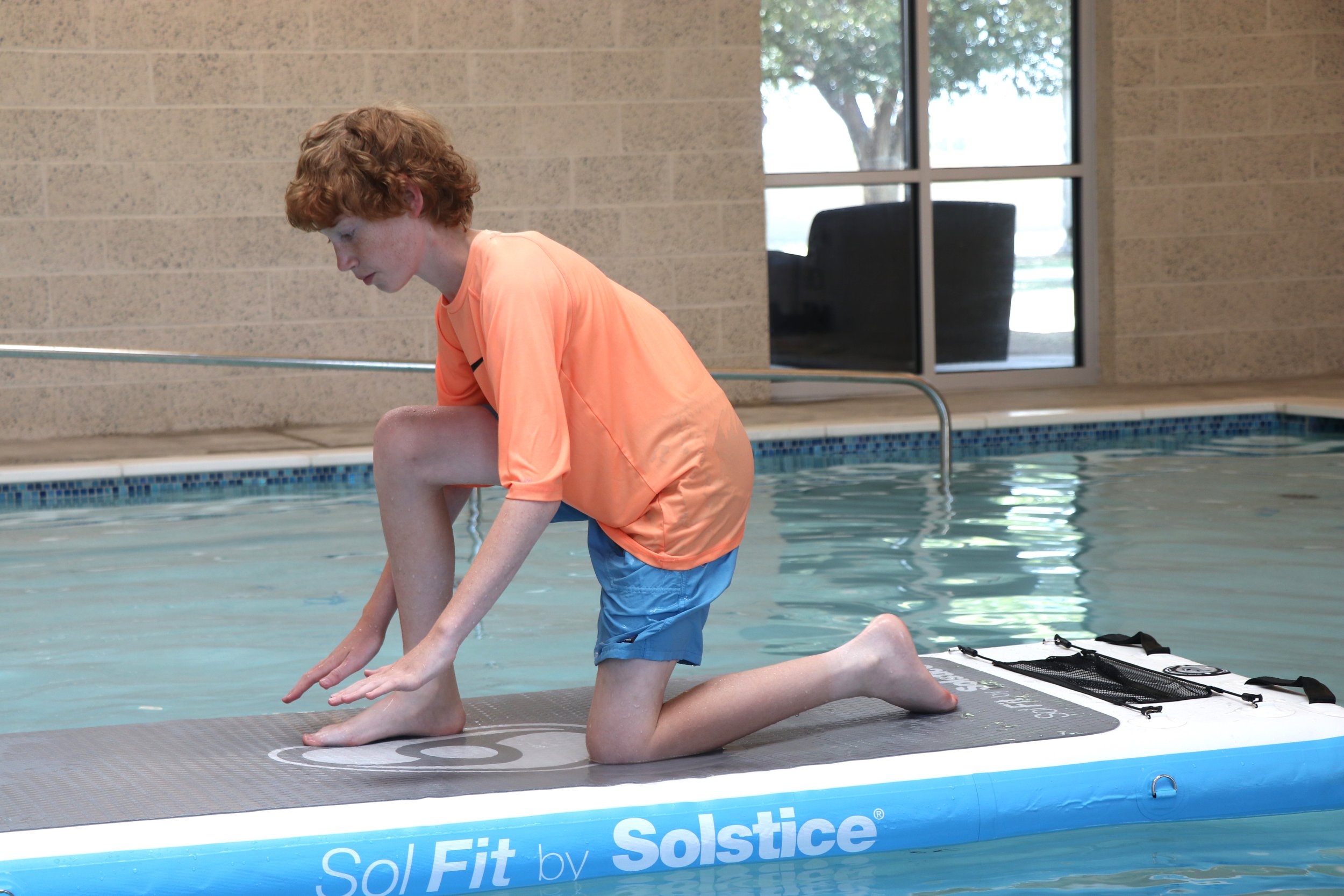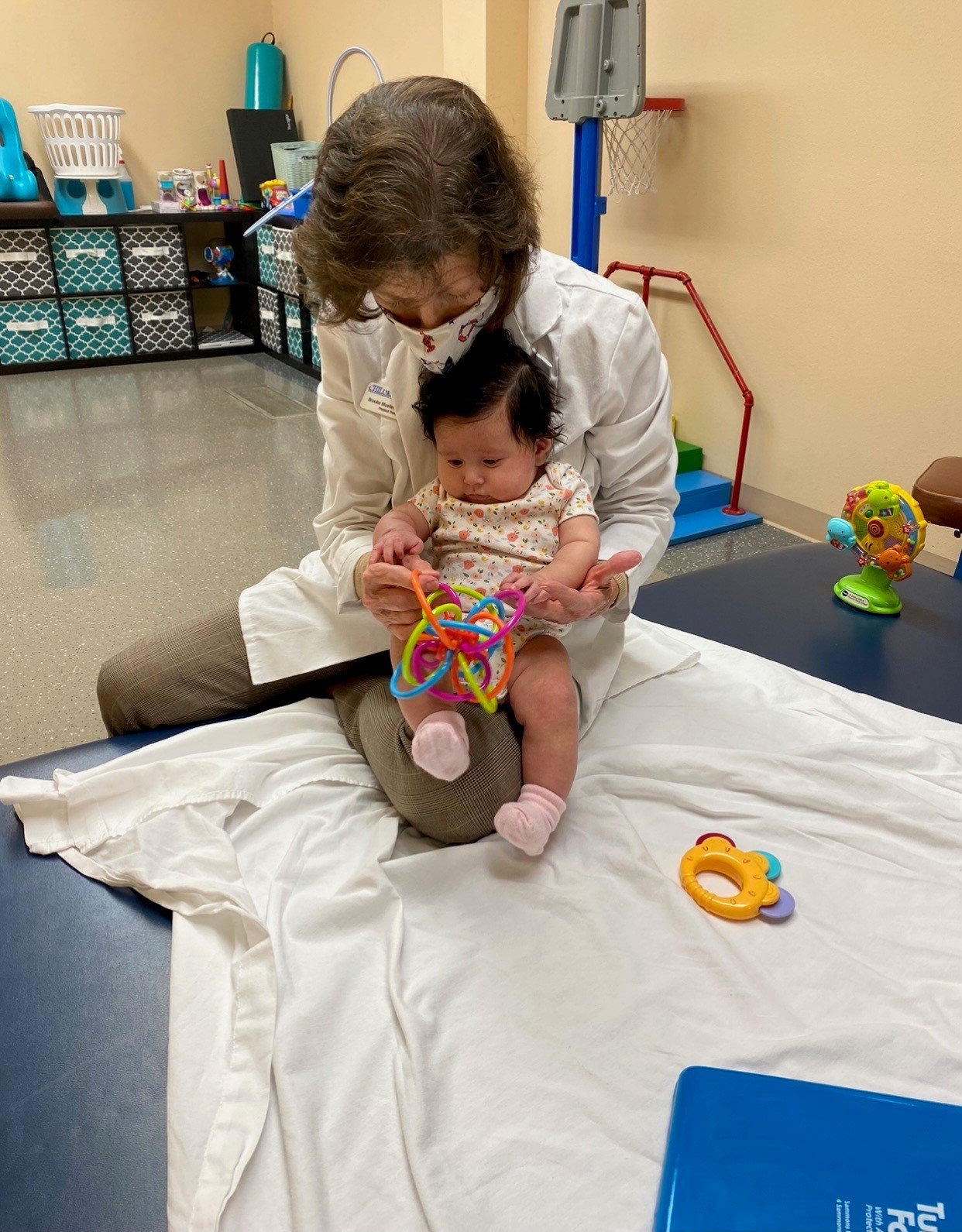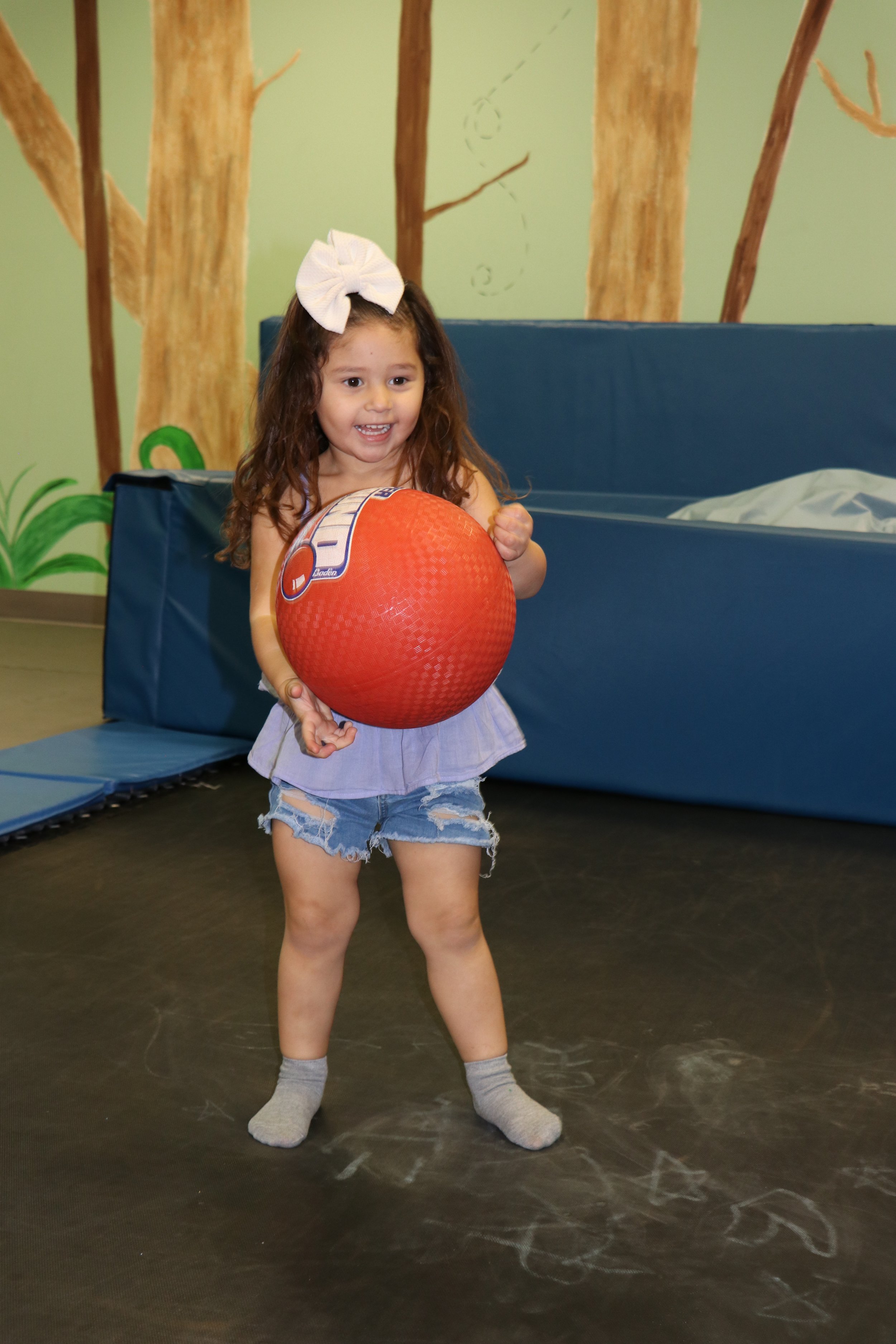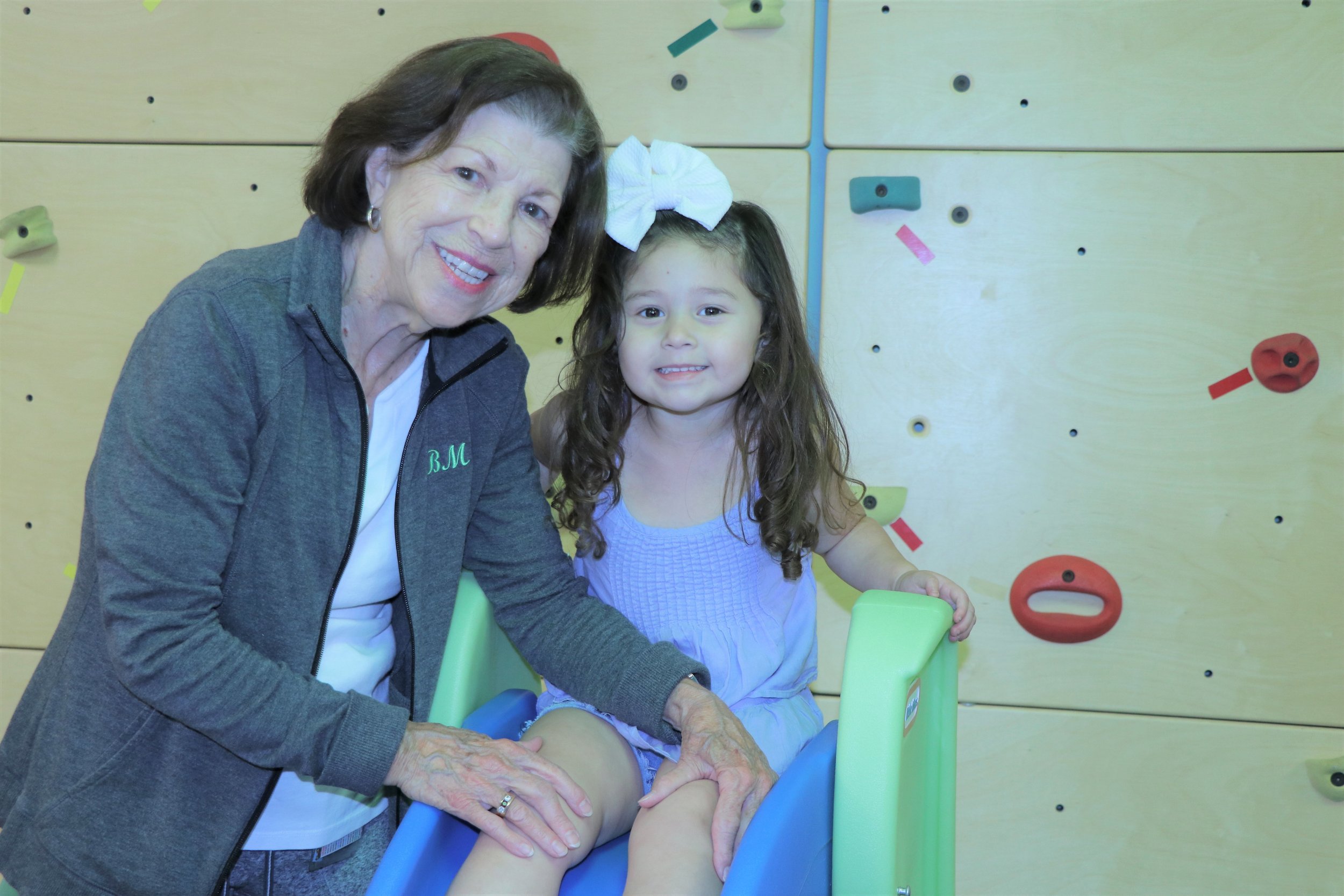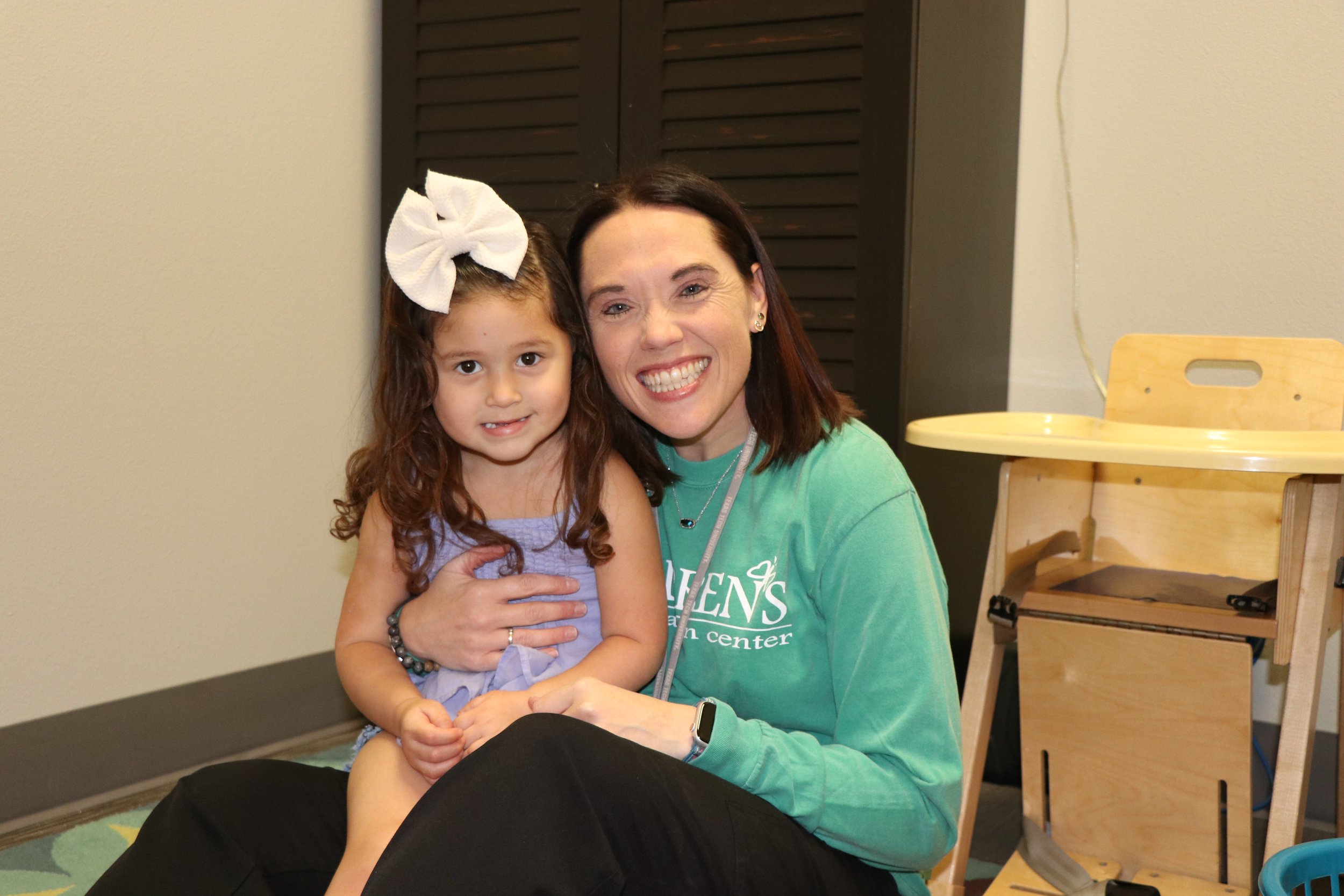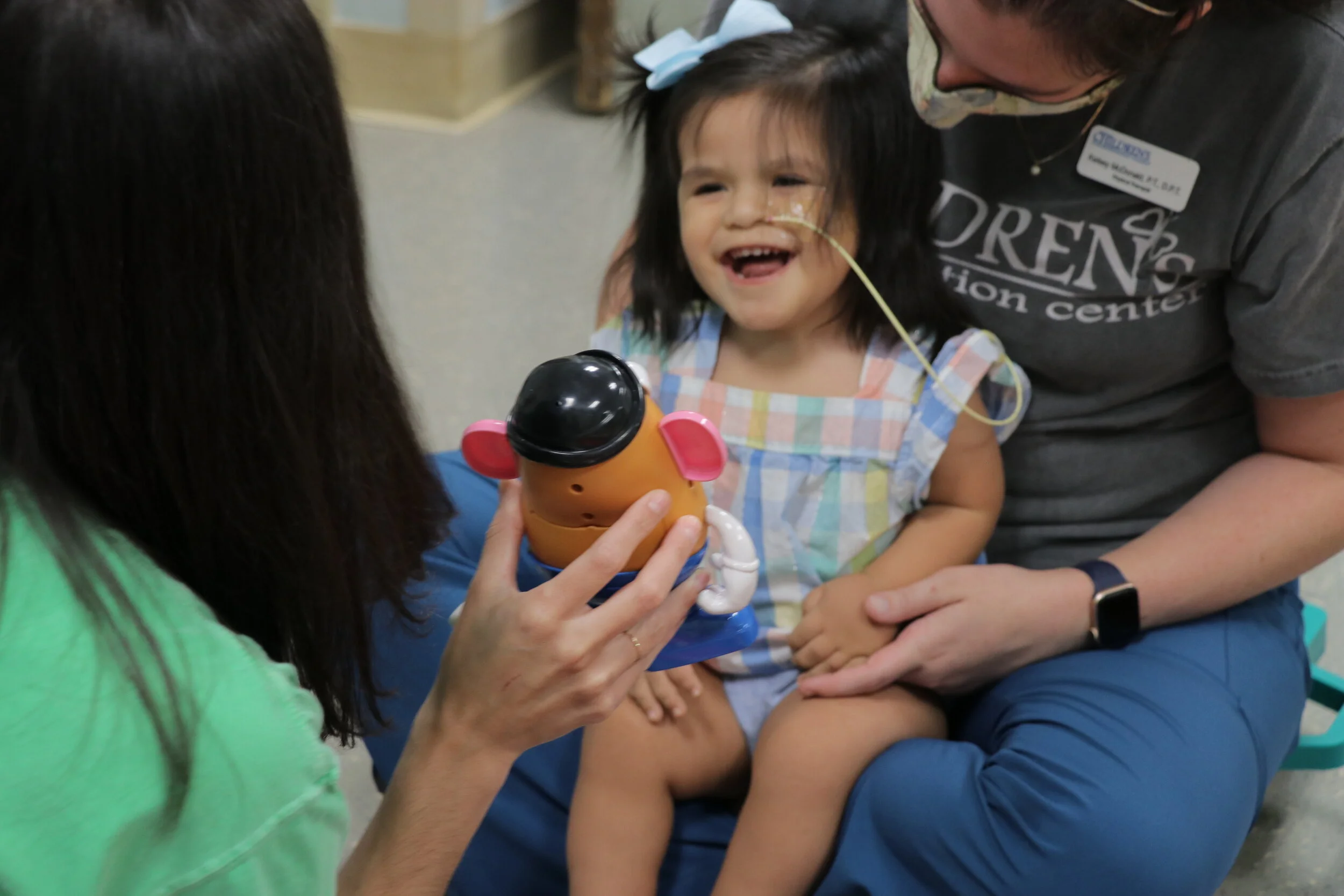During Dyslexia Awareness Month, join us in spreading the facts, celebrating the strengths of individuals with dyslexia, and helping us continue to provide hope and opportunity for the children we serve. We’re proud to highlight some of our amazing dyslexia students who are making great progress and inspiring everyone at MCRC!
These stories are shining examples of how the MCRC dyslexia program and dedicated tutoring not only strengthen academic skills but also build confidence, foster a love of learning, and help children thrive socially, emotionally, and academically.
Spotlight on Success:
Allie
Allie is a 5th grader at Midland Classical Academy and the youngest of five children—including a twin brother who loves to challenge her both in school and on video games! She is an incredible friend, a talented artist, and enjoys drawing, caring for her chickens, and taking aerial yoga classes.
Allie has been receiving dyslexia tutoring at MCRC for 1.5 years. Her mom shared:
“She has found her confidence through this tutoring program. Before coming, she wouldn’t say a word at school. She was afraid of being wrong, so she wouldn’t answer any questions—even if she knew the right answer. Now she’s confident in herself, answers questions, and has made lots of sweet new friends!”
One memorable moment came during a reading session at home. Instead of asking her mom to read the challenging words, Allie tackled them on her own. The smile on her face at the end of the book showed just how much she had learned. Both she and her mom were moved to tears over her accomplishment, a testament to the support she’s received at MCRC.
Allie’s tutor, Cindy, said,” Allie comes to each tutoring session with a smile and determination to work hard and have FUN! Even when a new lesson feels tricky at first, she doesn't give up and keeps working until she understands. I love the stories she shares about adventures with her friends and family. She is exceeding my expectations and on the path to achieving her goals.”
MCRC’s dyslexia tutoring has made a difference in ways Allie and her family hadn’t imagined. It not only builds reading skills but also confidence, equipping kids with tools to overcome obstacles. Her mom said:
“Thank you so much for helping Allie. It has made a huge difference for her. She went from a quiet, scared, insecure kiddo to a beautiful, flourishing, happy, fearless young lady. I am so grateful for the partnership with Cindy and MCRC! This kind of growth definitely doesn’t happen without the support of special tutors like y’all!”
Spotlight on Success:
Eden
Eden is a 6th grader at Bonham Elementary School with a joyful and creative personality. He loves to dance and sing like no one is watching and enjoys connecting with anyone who is willing to listen. Eden has a passion for drawing and building with Legos, and he also enjoys taekwondo, reading, and playing guitar and cello.
Eden has been receiving dyslexia tutoring at MCRC for one year. Tutoring has helped him grow in confidence in both reading and writing. He now enjoys writing stories in his free time and confidently reads out loud.
His tutor, Jennifer, said, “Eden has been such a joy to have in tutoring! He is very enthusiastic about learning and motivated to learn new things. He will be graduating from the program soon and will be greatly missed. He is off to do great things!”
His mom shared:
“I love how intentional the tutors and program are with building each child’s confidence. I would tell another parent that the program doesn’t just focus on academics—they focus on the child. Eden feels so encouraged and supported every time he meets with his tutor.”
She continued: “Even when the work is challenging, Eden looks forward to his tutoring sessions. We are so grateful for our dyslexia program and for Jennifer—her dedication and the program’s impact on Eden are something we truly value. We love MCRC!”
Spotlight on Success:
Blair
Blair is a 4th grader at Hillander with a big heart and a love for creativity. She’s silly, fun, and always makes her friends and family laugh. Blair enjoys reading recipes and cooking, as well as drawing, crafting, and traveling with her family.
Blair has been receiving dyslexia tutoring at MCRC for a little over a year. Since starting, her reading has improved significantly, and her grades are on the rise. One proud moment came when Blair read a children’s Bible storybook with ease—including long sentences and big words—for the first time in a long time!
Her mom shared:
“I love how the Dyslexia program makes tutoring so much fun! Her tutor, Erin, is so kind and sweet to Blair. I am so impressed with how Erin is flexible and creative, finding different ways to engage Blair in learning. The program is amazing, and I’ve seen it work. The tutoring team is incredible!”
Erin, Blair’s tutor, said: “I love working with Blair! She comes in twice a week with a good attitude and an excellent work ethic and has finished about half of our program in the year we’ve been working together. She was also one of the winners in our summer reading program—logging lots of minutes with her nose in a book!”
Spotlight on Success: Bridget
Bridget, a 6th grader at Hillander and Blair’s sister, is a natural thinker who loves puzzles, Legos, and math. She also enjoys snow skiing, volleyball, swimming, and holidays like Christmas.
Bridget completed nearly two years of dyslexia tutoring with Kelly and has truly bloomed at school. Her grades went from D’s to A’s, and her confidence has skyrocketed. Before tutoring, school was challenging and stressful—a “big grey cloud” would hang over her each day. Now, she loves school, shines with confidence, and literally glows every morning.
Her tutor—Kelly—said, “I just want to highlight Bridget for her hard work and having such a great attitude. She finished the program in just under two years. Bridget is a positive and extremely conscientious student. She will accomplish unique goals that show her best qualities. What a gift to be a part of her future! Thank you, Hendricks family, for the opportunity to teach your daughter.”
Her mom shared:
“Bridget has completely bloomed at school. The program is amazing and it works. She is happy, confident, and excited to go to school every day. We are so grateful for the support she received.”
Spotlight on Success: Porter
Porter is a 7th grader and is homeschooled. While he can be quiet and shy around adults, at home he’s funny, silly, and full of personality. Porter has a passion for sports—he has played football since he was little, including flag, tackle, and 7 vs. 7, and is currently playing basketball with his homeschool team, the Warriors. He also enjoys video games and spending time with friends, often playing sports or gaming together.
Porter has been receiving dyslexia tutoring at MCRC for a little over half a year. Porter’s tutor, Libby, shared, “It’s always exciting and fun to tutor a student who works as hard as Porter does! He has a great attitude and is progressing quickly in our program.”
Porter’s mom shared:
“I can definitely see a huge improvement in his reading. Reading is everywhere, so seeing him read more confidently is so awesome. At our homeschool co-op, Porter read his end-of-year history paper so loud and proud that they had to turn the microphone down. I loved seeing his confidence in that moment!”
She continued:
“I love the tutors—they are kind, encouraging, and the twice-a-week schedule makes a big difference. Having a program at no cost has been a huge blessing. We used to pay for private tutoring, and this program has made such a difference for us. The tutors truly want to see your kids succeed. You can’t go wrong with MCRC’s dyslexia program.”

